Today I want to tell you about Sofia – the capital of Bulgaria – and all the fun and interesting things you can do there.
You may be planning a visit to the city or wondering if it deserves a couple of days of your time at all. You may be going there for work or you could be simply seduced by a cheap airfare giving you a chance to explore a corner of Europe which you haven’t considered before.
Whatever your reason, here is a nicely organised list of 20 things to do in Sofia to help you plan. Its aim is to give you some ideas as to what to see and do while you are in the Bulgarian capital and, at the same time, to highlight some information from behind the scenes and some stories which only the locals know. A copious amount of photos have been included, too. You only need to roll over any of them for a little popup to appear with further details as to where the particular photo was taken and what it depicts.
Now, before we start with the actual list of 20 things to do in Sofia, let me give you some quick facts about the Bulgarian capital. First, make sure that you pronounce its name right. The accent falls on the first syllable ‘So’, rather than the second syllable as in the name of Sophia.
In the past (think Thracian tribes, Roman emperors and Byzantine courtiers), the city was called Serdica (also Ulpia Serdica), Triaditza and Sredets. Sofia became the capital of Bulgaria in 1879 – a year after the Liberation of the country from 500 years of Turkish enslavement.
About one and a quarter million people live in Sofia and as such, the city is the largest in Bulgaria, too. The capital is located at the foot of the mountain Vitosha and enjoys scorching summers and cold slushy winters, so pack accordingly.
Now, you may ask, what is my connection with Sofia in order to give you in-depth advice as to what to see and do there?! I studied there for five years doing my Master’s degree at the oldest University in Bulgaria – Sofia University ‘St. Kliment Ohrdski’. I have returned many times since and most recently I spent there three days at the end of July 2016.
I used my time to re-acquaint myself with the city, walk all over it, connect with relatives and friends, see and do as much as I could. Things had changed quite a lot since I actually lived there full time. For example, new skyscrapers and malls had mushroomed at an incredible speed, major roadworks had been completed and the main boulevard had been transformed into a car-free zone.
And, yet, the city felt quite the same. The countless restaurants and coffee houses were full to the brim with punters eager to have a good time in spite of the national minimum wage being the lowest in Europe. The flashy new buildings lived side by side with grey old blocks of flats. And the yellow trams – so iconic and yet so tatty – still rumbled through the city, bringing the dense traffic to a halt every time they stopped, too.
So, yes, Sofia – the city of contrasts, the capital of many faces – was still full of its special verve.
Read on the list below in order to find out how to experience it for yourself.
1. Ride a Tram
There is no other way to come into sharp contact with Sofia’s reality than to take a ride on one of the many trams criss-crossing its streets and boulevards. The trams are big and clunky, with uncomfortable bare seats and a driver huddled in a tiny cabin who will sell you a ticket (1.60 leva for a single journey), and may also be wearing a white-ish wife-beater and listening to loud music. He may even stop the tram in the middle of the street and jump off it in order to buy himself some lunch from a nearby cheap eaterie. Which he will then eat while driving you to your next stop. Real story that!
During the rush hour the trams also get really full. Squishingly so. Yet, they are such a tradition, such an iconic thing for Sofia – the only city in Bulgaria to have trams at all and, hence, always using them to elevate its capital status over the rest of the country.
Plus, if you like people watching, on board of a tram you will come immediately in close contact with a very representative sample of the people of Sofia – from the perfectly made-up and styled teenage girls to the older worn-out ladies heading out to the local markets to see what’s what – to mention just two main characters of the local cast.
Just a word of caution, though. Some of the tram stops actually have no ramps at which the trams to stop in order to let out and take in their passengers. Instead, people wait at a stop on the pavement and when the tram arrives, it halts in the middle of the street. All traffic, by law, needs to stop right behind the tram to allow for passengers to board.
Lastly, the steps of the trams are really steep and high. It is quite difficult to get on one with a buggy, so bring a carrier if you travel with a small child.
2. Notice the Contrasts
Sofia really is a city of contrasts. Sometimes, soul-crushingly so.
Lovely, recently renovated buildings are quickly plastered with meaningless graffiti. A rubbish container stands abandoned right next to the country’s biggest cathedral – no-one seemingly perturbed as to why it is there and that it spoils the view. Homeless dogs quietly sleep right in front of the city’s flashiest department shop with the fancy monument of St. Sofia in plain view in the backdrop.
It is like the city is desperately trying to clean up its act, to shake off the general apathy instilled during the years of Communist rule. Yet, it gets brought down as soon as it looks up, lacking a thoughtful caring hand. At the same time, it is this contrast between old and new, between many good intentions and their nightmarish realisation that make Sofia such a compelling place to visit and explore.
3. Tick Off Your List Sofia’s Iconic Buildings and Places
If you are in Sofia for a very limited period of time, make sure that you don’t miss the following main sights and places of interest (listed here in a strictly alphabetical order):
- Museum of History of Sofia
- ‘Nezavisimost’ Square with Largo Open Air Museum of Ancient Serdica
- National Assembly (split in two – with a main building, where the parliamentary debates are held, and an office building, which in the past was known as Party House and served as the Seat of the Central Committee of the ruling Communist Party)
- National Gallery of Art & Museum of Ethnography (housed in the former Royal Palace)
- National Museum of History
- National Palace of Culture
- National Theatre
- Presidency
- Russian Orthodox Church St. Nicholas Miracle-Maker
- Slaveikov Square
- Sofia University ‘St. Kliment Ohridski’
- St. Alexander Nevski Cathedral
- St. George’s Church
- St. Nedelya Church
- Vitosha Boulevard
- plus Boyana Church (if you venture outside of the city’s central perimeter).
I mention several of these iconic places in detail further below, still it is nice to have them here together in one compact must-see list. Please, note that access to the interiors of some of the above sights may be restricted or closed to the general public (for example, the National Assembly). Still, they are quite striking and have their firm place in the history of Bulgaria and its capital.
The centre of Sofia is easily walkable with the main sights grouped together and you can cover a lot of ground in one day. Just bring some comfortable shoes (with grip in winter) and water (especially on the hot summer days).
4. Admire the Architecture
Sofia has accumulated buildings from every historical period it has gone through: from Vienna Secession edifices (the city was actually called ‘The Little Vienna’ at the start of the 20th century), through graceful Belle Epoque houses to soulless Soviet blocks of flats and flashy modern skyscrapers of metal and glass.
Walking around the capital, you can come across such architectural pearls like the building of the former Mineral Baths (nowadays Museum of the History of Sofia – see the first picture under this heading) with enchanting colourful decorations on its facade.
If you want to see some truly beautiful elegant houses, explore the maze of little streets between the National Assembly and the National Theatre. Unfortunately, many of them are in a state of severe decay, but their intricate ironwork balconies and ornamentation make you think of the time right before the Second World War when Sofia’s heart was truly beating in time with Europe’s best.
Then again, if you want to see how people lived (and continue to) during the decades of Soviet influence and Communist rule, head to one of the many residential districts stuffed with blocks of flats. You will notice the discoloured outer walls, the covered with glass panels balconies used as impromptu storage rooms, the lack of breathing space between the grey behemoths and the general scarcity of green spaces.
5. Don’t Miss the Details
As you walk around Sofia, pay attention to the smallest details. Soon you will come to discover a city centre with rich ornamentation.
The facades of formerly glorious and renovated mansions as well as those of Stalinist buildings are adorned with sculptures, bas-reliefs, wreaths and coats of arms. Mighty pillars add to the feel of solidity. Intricate ironwork capture the imagination of the passers-by. You may even come across a huge mural – a leftover from the recent past.
6. Eat, Drink and Be Merry
Bulgarians love to to sit down around a table groaning under the huge weight of dishes and drinks enough to feed a small army and then some. Lunches and dinners are long affairs starting with salad, moving onto the main course and then finishing with a dessert. They can last up to two hours on a work day and many more during national holidays or at the weekend.
I don’t know if this national obsession with food is due to its scarcity and the general poverty of the Bulgarian people during the 500 years long Turkish enslavement or it is perhaps due to the social and political instability after the Second World War when the Communist Party took over the country, booting out the Royal Family, nationalising factories and private property and even confiscating the food reserves of families deemed to be ‘unfavourable’ by the new regime.
The fact is that Bulgarians love to get together and enjoy food, so while you are in Sofia, make sure that you make the most of it. Restaurants and eateries serve huge portions of meat and vegetable dishes. Almost all world cuisines are represented, too. The prices are more than reasonable, especially compared with the prices of eating out in London or any other of the big European capitals.
Definitely try the local specialties. If you are in a hurry and just want a quick snack, stop by one of the many little huts selling nuts and dried fruit by the weight. Traditionally, they would only sell roasted peanuts, but after the Fall of the Berlin Wall, their range increased to include all sorts of nuts prepared in several different ways.
If you want to see pictures and read some information about ten of the most popular traditional Bulgarian dishes, please, click on the link bellow. Just to let you know that when eating out tipping is expected (even if you are not truly satisfied with the customer service, which can be haphazard). You can simply round up the bill rather than adding a set percent to it.
Ten Delicious Bulgarian Dishes You Should Try
7. Mind the Cars
Sofia is, unfortunately, choking with cars. They are everywhere – clogging the roads, usurping the pavements and every available space between the blocks of flats in the residential districts and the behemoth buildings in the centre of the capital. Heck, even the square in front of the National Assembly has been turned into a parking lot.
Definitely rent a car if you are planning to go on a day trip outside of Sofia. Within the city limits it is much better to rely on the public transport (apart from the aforementioned trams, there is a wide bus and tramway network and a brand new Metro) or get a taxi.
Taxis are generally cheap and quick. Just make sure that you check their tariff before you get into one – look for a small square of paper attached to the taxi’s front window on the passenger’s side. It should clearly list the taxi’s day and night rates. Inside the taxi make sure that the driver puts the meter on and that at the end of the journey issues you with a receipt. Tips are appreciated.
8. Visit a Museum or More
You can’t get to know a country unless you delve into its history, culture and art. Bulgaria in general and Sofia in particular have a tumultuous, centuries-deep story to share with you.
Some of the best places to learn more about it are the National History Museum (where you can see some of the stunning Thracian gold treasures found in Bulgaria), the National Archaeology Museum, the National Gallery of Art with the Museum of Ethnography (housed in what once were the Royal Palace) and the Museum of History of Sofia (housed in the former building of the Mineral Baths).
Set aside time to explore as many of them as you could. Visiting them is an enriching experience. In the National Gallery of Art, please, seek out the paintings of Vladimir Dimitrov – The Master who, at least for me, is the biggest Bulgarian painter. His bold colours and typical local motifs will reveal the soul of Bulgaria to you.
Don’t miss the traditional Bulgarian folk costumes and their rich embroidery in the Museum of Ethnography, too.
9. Pay Homage to a National Hero
The name of Vassil Levski is dear to every true Bulgarian.
This is why we were all a bit gobsmacked when J.K. Rowling used his iconic name for one of her quidditch players. Instead Levski was a revolutionary and is hailed as our biggest national hero. We also lovingly call him the Apostle of Freedom.
Levski sought to organise a national uprising against the Turkish enslavement sowing the love of freedom and the desire to achieve it in Bulgaria’s national soul. He was caught and executed in 1873 by the Turkish rulers.
No-one knows for sure where his grave is. For the past forty years or so, it has been thought that his remains had been buried in the altar of a tiny church in the heart of Sofia. Dating back to the 11th century and its frescoes from the 15th century, you will find St. Petka of the Saddlers’ Church right by the Roman ruins in the Largo Open-Air Museum of Ancient Serdica. At the back of the church there is a black tombstone dedicated to Levski.
10. Touch the Ruins of the Past
With a rich history spanning several centuries, the Sofia of today offers a unique chance to glimpse into its past. Thracians, Romans, Byzantines, Bulgarians and Turks lived and died there, building on the strata left by their predecessors.
Several sites with the ruins of former dwellings and churches can be seen throughout the city. Most recently, the excavation works for a new Metro station uncovered a huge site with Roman archaeological remains right underneath Nezavisimost Square, informally called the ‘Largo’ by the locals. The square is surrounded by some of the country’s most important buildings – the Presidency, the former Communist Party House (nowadays used as an office building by the National Assembly) and even Bulgaria’s flashiest department store – TZUM.
The newly found ruins and their consecutive conservation provoked a big debate in the Bulgarian society. Many expressed a strong opinion that instead of preserving the remains as they had been found originally, the ruins were interfered with and modernised too much. Nowadays the ruins can be visited as part of the ‘Largo Open Air Museum of Ancient Serdica’. The museum has two parts – an open-air one and another which is covered by a big glass roof (which you can see in the pictures above).
Another place to see the ruins of Sofia’s past is by the St. George’s Rotund Church – a red brick round church which is considered to be the oldest surviving building in Sofia. It was erected by the Romans in the 4th century and has splendid frescoes dating back to the 12th, 13th and the 14th centuries. You can find the church and the ruins of Roman dwellings which surround it in the enclosed space between Sofia Hotel Balkan and the Presidency just off the Largo Open Air Museum mentioned above.
11. Spend Time in a Church
Churches have a special role in the Bulgarian history and in the heart of Bulgarians. They are much more than simple places of worship and have become symbols of the national struggle to preserve our Christian identity during the 500 years of Turkish enslavement and then during the 45 years of Communist rule.
There are several churches in Sofia directly connected with important historical events. Even if you have a very limited time on your hands, don’t miss St. Alexander Nevski Cathedral – the biggest and most sumptuous Christian temple in Bulgaria. The cathedral crypt houses the largest collection of Orthodox icons in Europe, many of which are centuries-old and are splendid examples of the art of iconography.
St. Nedelya Church is located between TZUM Department Store and the bottom part of Vitosha Boulevard. This is where on 16th April 1925 a terrorist attack was carried out. A group of Bulgarian communists blew off the roof of the church killing 150 and injuring 500 people. The aim was to kill the Bulgarian Tsar Boris III.
The city’s Russian Orthodox Church also deserves attention with its beautiful architecture and ornamentation.
If you have a chance to venture outside of Sofia’s central perimeter, head to Boyana Church. It is part of the UNESCO World Heritage List and it is famous for its frescoes the most precious of which are dated 1259 and are one of the most excellent examples of medieval art.
12. Learn More About the Cyrillic Alphabet
Spend a few moments by the big monument of the Saint Brothers Cyril and Methodius in front of the National Library in Sofia. They were highly educated visionary men who in the 9th century developed the Glagolitic alphabet used to transcribe the Bible in Old Church Slavonic. This at the time was a rather revolutionary act, as it had been decreed that the Word of God could only be preached in either Aramaic, Latin or Old Greek.
The Slavic liturgy, established thanks to the new script, made it possible to strengthen the Christianisation of the Slavic countries on the Balkan peninsula and to reduce the Byzantine Greek influence over the region.
The Cyrillic alphabet was developed based on the original Glagolitic script by the disciples of the two brothers and then streamlined through the centuries. Nowadays over 282 million people in the world use the Cyrillic alphabet as the official script of their countries.
Bulgarians are incredibly proud of the Cyrillic alphabet and on 24th May every year they celebrate the Day of St. St. Cyril and Methodius and the Slavic script. The most zealous ones among us like to claim that the two brothers were in fact Bulgarians, but their ethnic origin has never been established.
While exploring Sofia, take the opportunity to learn the letters of the Cyrillic alphabet. It is not that difficult at all and you will have a lot of fun trying to transcribe your name with Cyrillic letters.
Also, after seeing the monument of the Saint Brothers Cyril and Methodius, make sure to also see and even walk through the oldest and still most renowned Bulgarian University. Sofia University ‘St. Kliment Ohridski’ is right next door to the National Library and it carries the name of one of the most illustrious disciples of the Saint Brothers.
The University was founded on 1st October 1888. The huge building of the University was erected thanks to the donation of two brothers – the merchants, bankers and benefactors Evlogi and Hristo Georgievi. Their monuments now flank the main entrance of the University.
13. Stop at the Booksellers’ Square
For many years now, the centrally located Slaveikov Square in Sofia has housed the city’s booksellers. Every morning they set up their large stalls, pull an infinite number of books out of cardboxes, previously used to transport bananas or other such stock, and then spend the day feeding the hunger for books of the passers-by.
If you have always wanted to see what books printed in the Cyrillic alphabet (in which Bulgarian is written) look like, head to Slaveikov Square. Among other things, there you can also find magazines and newspapers in English and other foreign languages.
14. Explore Recent History
Obviously, a large number of Sofia’s visitors are eager to learn more about Bulgaria’s very recent past, namely the period of 45 years (1944-1989) during which the country was ruled by the Communist Party.
If you hail from the Western side of the Berlin Wall, you may feel incredibly curious as to how people lived on its Eastern side. And if you are coming to Sofia from the Berlin Wall’s Eastern side, you may be interested to compare what Bulgaria went through with your own country’s experiences.
The biggest vestige of this Communist past are the huge residential districts stuffed to the brim with behemoth blocks of flats – these ‘marvels’ of Soviet architecture – where people live in close proximity to one another and where green spaces are scant.
Right in the centre of Sofia and lining up the aforementioned Nezavisimost Square (or the Largo as it is locally known), you can also see three huge buildings which are a prime example of the Stalinist architecture (also called Socialist Classicism):
- the central building with the Bulgarian flag on top used to be called Party House and served as the Seat of the Central Committee of the ruling Communist Party. Nowadays it is the administrative office building of the National Assembly. For several decades a five-pointed red star used to be where nowadays the flag proudly flies. The red star is currently in the Museum of Socialist Art in Sofia.
- the right-hand side building today is occupied by the President’s Office, a ministry and a large hotel.
- the left-hand side building is taken by TZUM Department Store and the Council of Ministers of Bulgaria.
Two interesting facts:
- TZUM (the Bulgarian acronym of ‘Central Universal Store’) was the largest department store in Bulgaria during the 45 years of its Communist rule. It was incredibly well stocked (especially in a country where retail suffered from irregular deliveries, lack of certain sizes and, often, terrible customer service). A visit to TZUM used to be a highlight of every visit to Sofia, especially because it was the only place in Bulgaria where escalators were used. TZUM was deemed to be the ‘people’s store’, a little retail paradise for the masses. Nowadays it is a rather flashy boutique and office space.
- The Party House has had an interesting and tumultuous story (notably it was pillaged and set on fire in 1990 during the protests against the presence of the five-pointed red star on its top), however the creepiest thing about it seems to be the fact that its architect buried in the foundations of the building a box with the remains of his son. A student in Germany he was killed there by Gestapo. His body was burned and his father received back only a finger and locks of hair. He then made a pledge that one day he would dedicate his greatest work to his dead son.
The best way to learn more about Bulgaria’s recent past is to speak to the locals. Beware that it is a very delicate subject and you may get polarised replies with people both exalting the virtues of the former Communist rule and giving you a sober overview as to why it was the worst thing to happen to Bulgaria in all of its 1300 years of history.
15. Marvel at the Monuments
One of the weirdest and most wonderful things you will come to see in Sofia will be its sculptures and monuments. While Italy, for example, is full with sculptures glorifying human beauty and symmetry, the ones you will see dotted around Sofia are mainly nothing of the kind. They are either:
- vestiges of the artistic ideology of the recent past, i.e. brutal, angular, mostly grey, with angry Bolsheviks holding rifles and guns, or
- an expression of an overzealous desire to be artistically as close to reality as possible. Reality often being rather ugly, instead of inspiring.
In all honesty, the aesthetics of some of the sculptures adorning Sofia’s streets and boulevards leave me rather puzzled. Take, for example, the monumental sculpture of St. Sofia (the patron saint of the city – see the fifth photo under this heading) which stands at a spot formerly occupied by a statue of Lenin.
Perched on a pillar 48 m high the female figure looks (ahem… how to put this politely across) a bit like a participant in one of the many beauty pageants which are so popular in Bulgaria. What with her slashed decolletage, the ripe (silicon-enhanced?!) breasts, the nipples of which can be clearly seen through the thin fabric of her frilly outfit. Not to mention her legs and other parts – also very obvious for no reason at all.
Often monuments (especially the ones left over from the recent socialist/communist past) are not only in severe state of decay, but have also been deliberately painted with colourful sprays by unknown graffiti artists.
One notable exception to all this is the splendid monument of Tsar Liberator just opposite the National Assembly. It was erected in honour of the Russian Emperor Alexander II who liberated Bulgaria from the Turkish enslavement.
16. Step on the Yellow Cobbles
No visit to Sofia would be complete if you don’t take a step or two on the famous yellow cobblestones. They cover the area around the National Assembly and then down towards the National Gallery of Art & Ethnography Museum (the former Royal Palace).
The cobbles were made in Hungary and were a wedding gift to Tsar Ferdinand I from the Austro-Hungarian emperor. They quickly became a symbol of Sofia and even made an appearance in a very tense scene in the superb film ‘East/West’ with Catherine Deneuve.
Step on the cobbles surrounding the building of the National Assembly and you may also see the heavy traffic there regulated by a traffic policeman rather than traffic lights.
Just a word of caution – in winter the yellow cobbles can be incredibly slippery (especially when the snow has turned into a slush), so wear shoes with good grip.
17. Shop, Shop, Shop Til You Drop
OK, all this sightseeing is a rather strenuous job, so take some time off and shop, shop, shop. Sofia is home to several fancy malls and stores where all sorts of international brands live. There are also a myriad of small independent shops selling creative and one-of-a-kind works.
If you are looking to spend some money on art, look for local galleries representing Bulgarian painters, sculptures and jewellerers.
If you would like some meaningful souvenirs to take home, then opt for handmade embroidery and crochet, textile table covers in white, blue, green or red, ceramic dishes and bowls, rose water and rose-based cosmetics, hand drawn icons, handmade silver jewellery.
18. Strut Down Vitosha Boulevard
Vitosha Boulevard (locally abridged to the endearing ‘Vitoshka’) is Sofia’s spine. It leads from St. Nedelya Church all the way up to the National Palace of Culture.
Yellow trams used to creak up and down the boulevard, but after extensive renovation works Vitoshka is now a car-free zone lined up by countless shops, cafes, restaurants and eateries.
It is a great place for people watching and to take a rest during your exploration of Sofia.
19. Escape to Vitosha
Vitosha (the original one, not the boulevard) is the tall blue mountain at the foot of which Sofia rests. Anywhere you are in the city, you can glimpse it, as it is beautifully framing the iconic buildings and the grey residential quarters of the capital.
When life gets too much, the citizens of Sofia escape to Vitosha for some clean air and respite. The mountain offers many hiking opportunities and several natural sights. My favourite is Zlatnite Mostove (Златните мостове in Bulgarian which in English translates as the Golden Bridges). Imagine a riverbed covered by huge boulders which glisten with a faint golden colour in the sunlight. You can climb on them and spend the day picnicking around them marveling at their beauty.
If you don’t have a car at your disposal, don’t worry, as there are public buses ferrying people from Sofia up to the mountain. Just keep in mind that on weekends the most popular spots around Vitosha get really jammed with traffic and people eager to connect with nature.
20. See What’s No Longer There But It Is Difficult to Overcome
I am going to finish with what may appear to be a strange suggestion. After all the interesting and whimsical sights and places in Sofia I shared with you, I am actually going to ask you to visit a small park (more like a little garden) right between the National Gallery of Art & Ethnography Museum (the former Royal Palace) and the National Theatre.
What’s there to be seen among the flowers, you may ask.
Actually, you can’t see a thing now, but from 1949 until 1999 at that spot there was a curious building there – a Mausoleum. Inside, it held the embalmed body of Georgi Dimitrov – the first communist leader of Bulgaria.
His portrait used to hang in all Bulgarian schools, factories and companies. During national holidays splendid parades (called ‘manifestations’) would be organised in the centre of all Bulgarian towns and cities, but the most splendid ones of them all would, of course, be held in Sofia where the manifesting masses would march by the Mausoleum waving posters and flags and the members of the Central Committee of the Communist Party would all be seated on the terrace of the Mausoleum and look at the people below.
I seem to remember that you could even visit the Mausoleum and see Dimitrov’s embalmed body – elevated to the status of a sacred mummy (akin to Lenin – both comrades in life and mummified death) by a party which had renounced religion as ‘opium for the masses’.
After the Fall of the Berlin Wall Dimitrov’s body was cremated and buried and then in 1999, after a heated national debate, the Mausoleum was destroyed. Apparently, its construction had taken only 6 days and then, 50 years after its inception, it was simply gone.
So, yes, it may be strange to ask you to stop for a second when you pass by the place where it used to stand. Nowadays, the local youth congregates there, when the weather is good, in order to chat, relax and have a good time.
I am sure no-one gives much thought to the Mausoleum anymore. Still, it was a symbol of a regime which took hold of Bulgaria and didn’t let go for 45 years. Many of the things that you have seen around Sofia and which may have puzzled you, made you think or simply shocked you, are down to it. The country is still struggling to overcome its Communist past and people still find it very difficult to reconcile what we were told then and what life deals us now.
Have a great time in Sofia and let me know which of these 20 things to do there you got to experience during your stay. In case you have already been to Sofia, share your memories and opinions with me in the ‘Comments’ section below. I would love to read them!
If you liked what you read, please, leave me a comment, pin the image below or use the buttons right at the end to share it on social media.
For more stories like this you can follow me on Facebook and subscribe to my weekly strictly no-spam newsletter. Thank you!

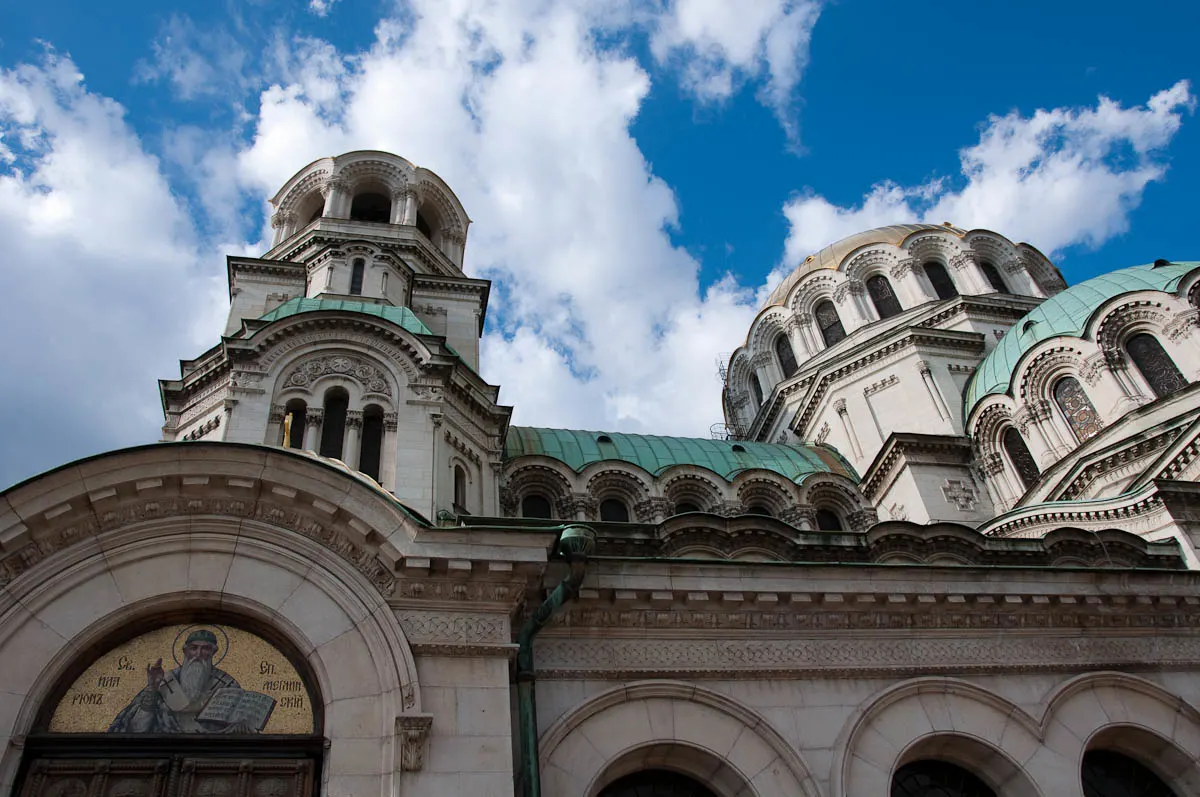
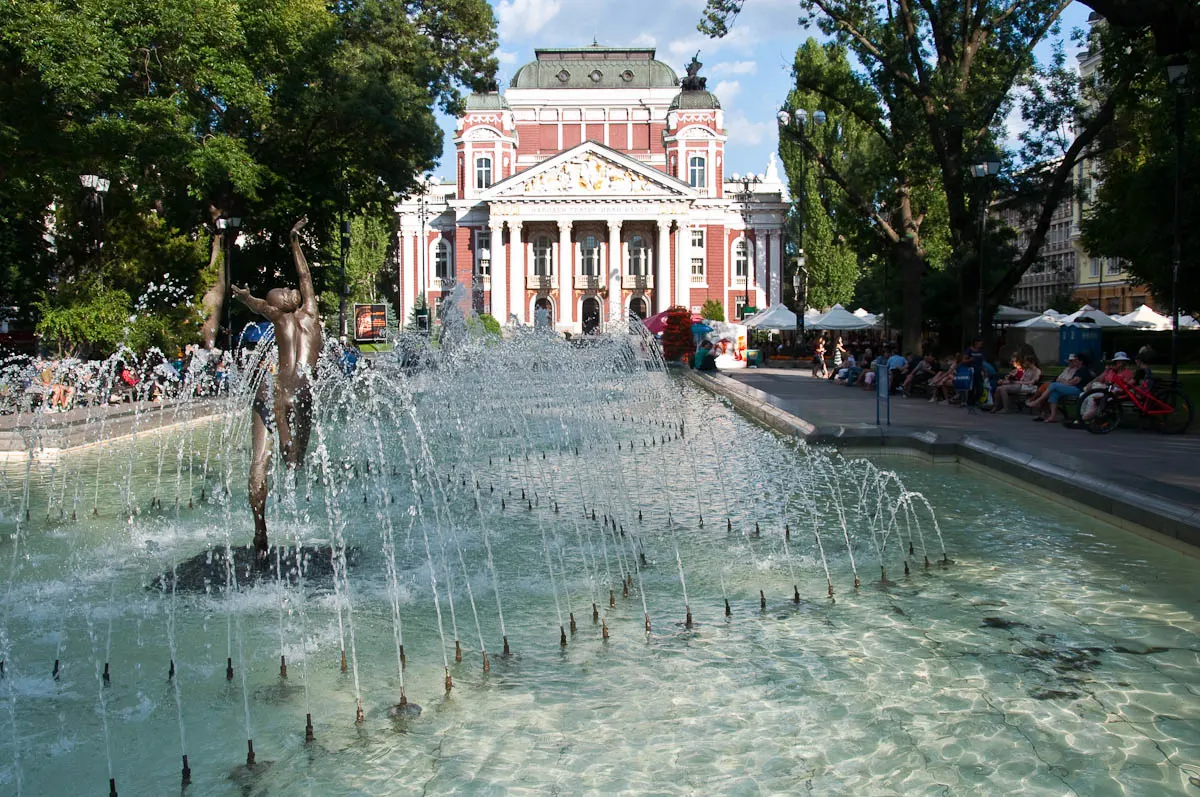
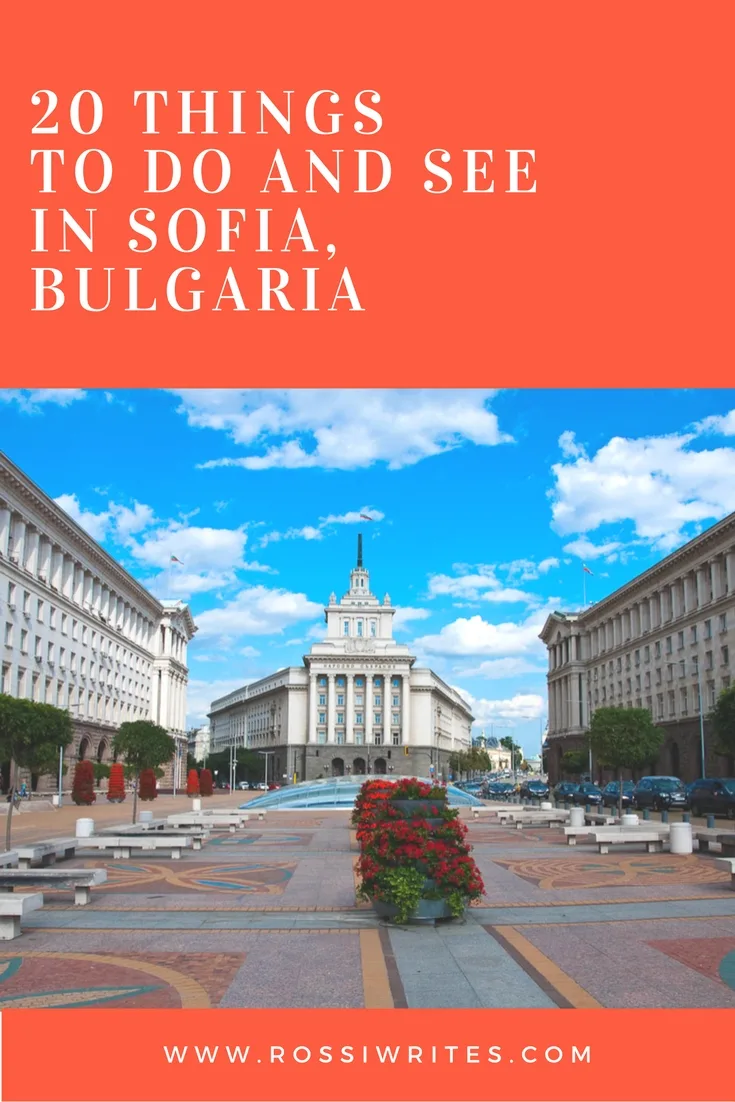
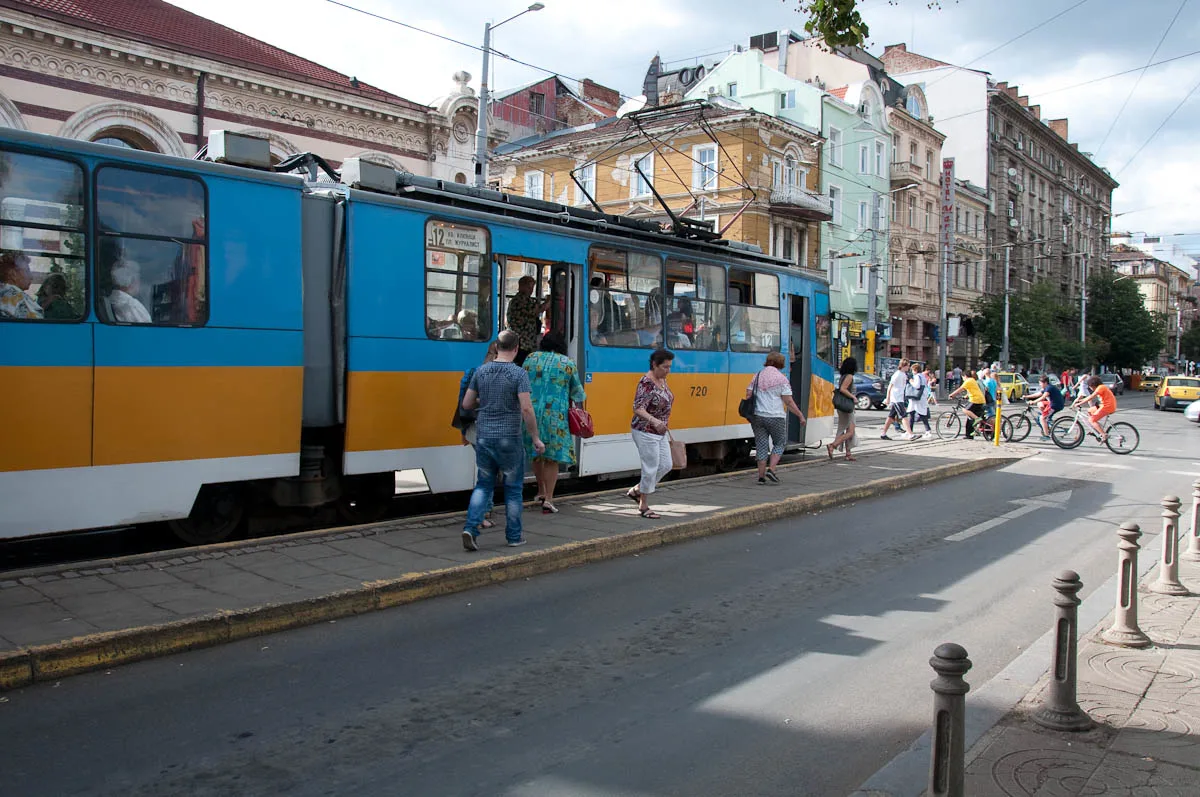
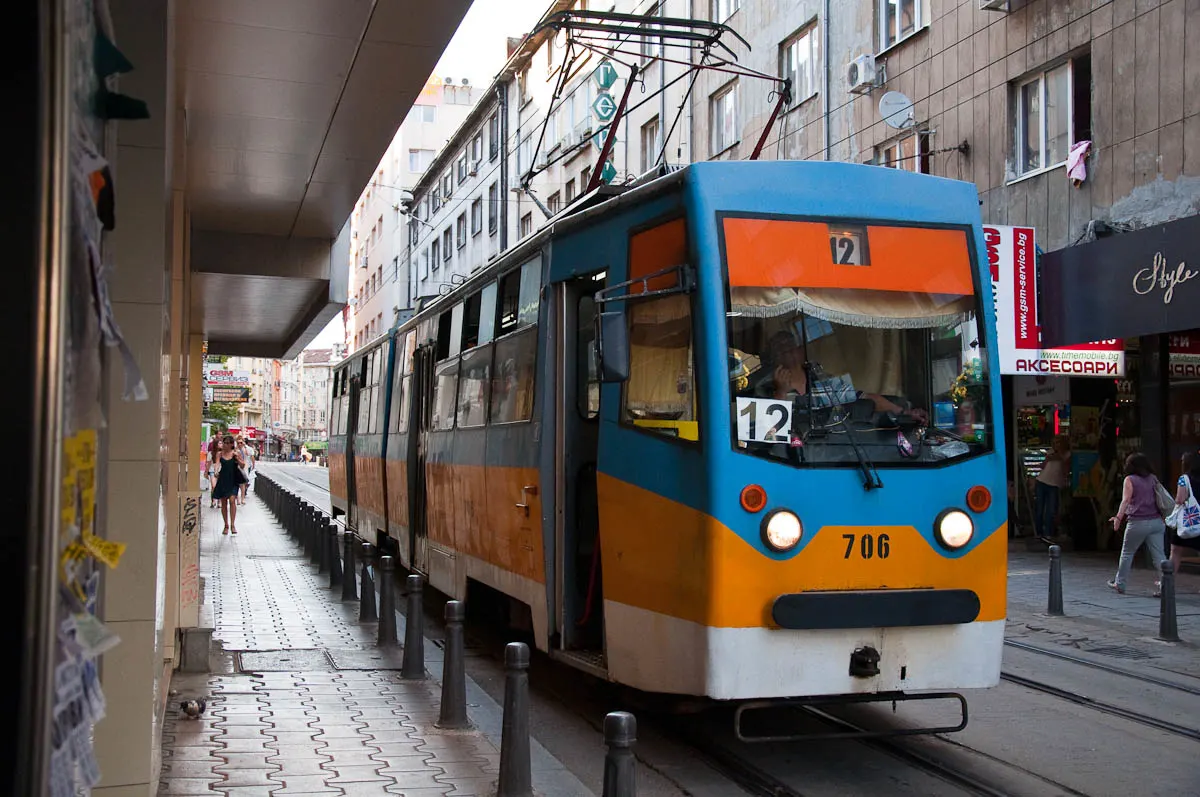
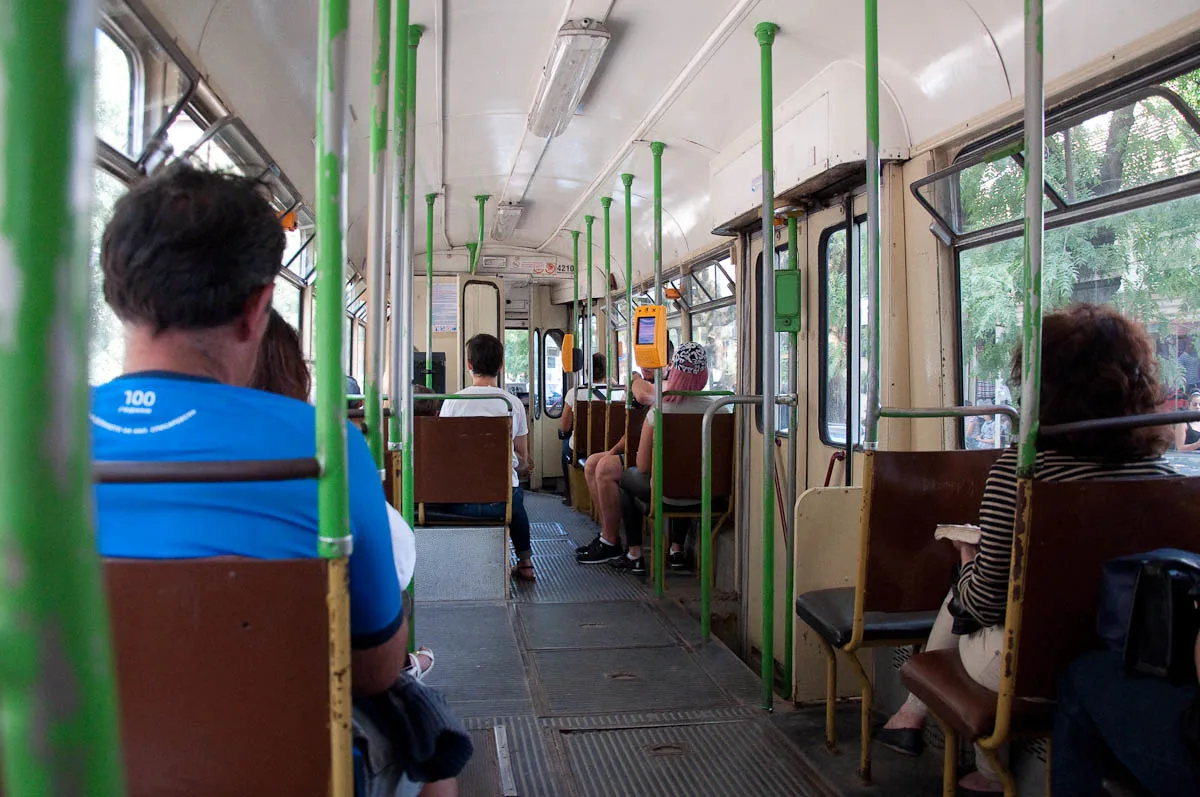
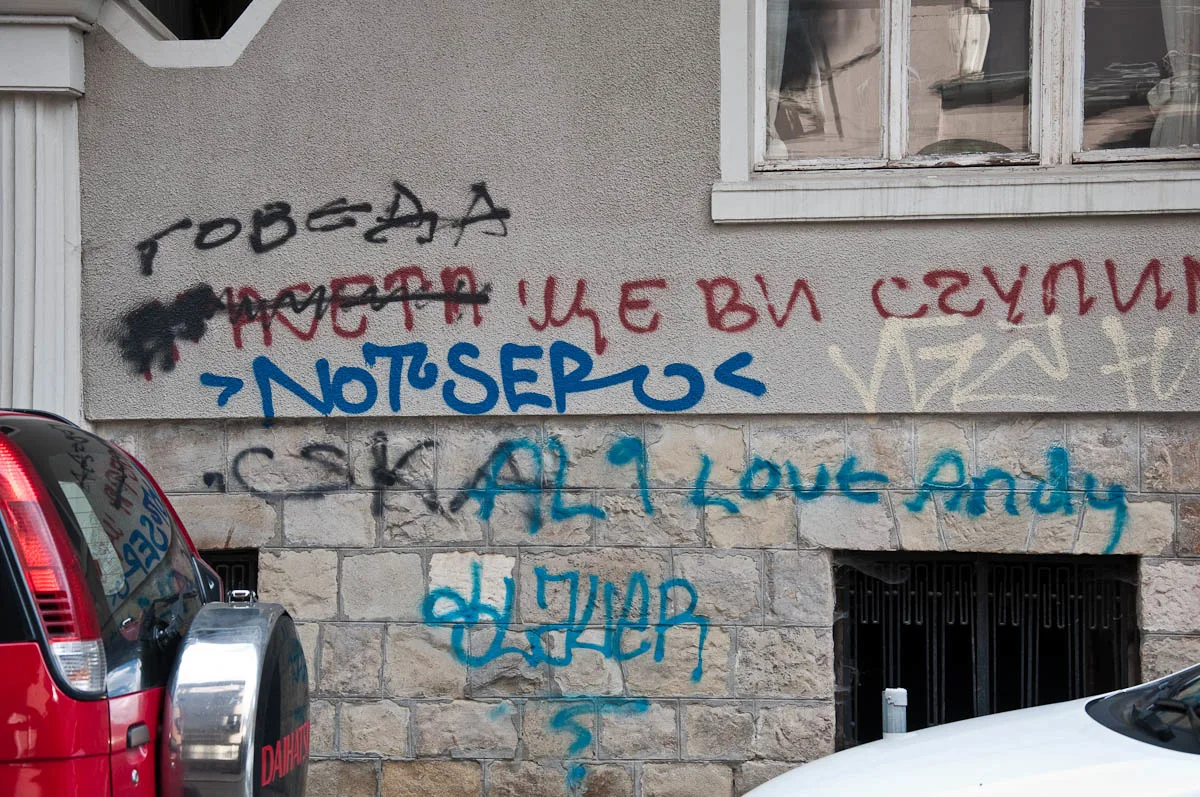
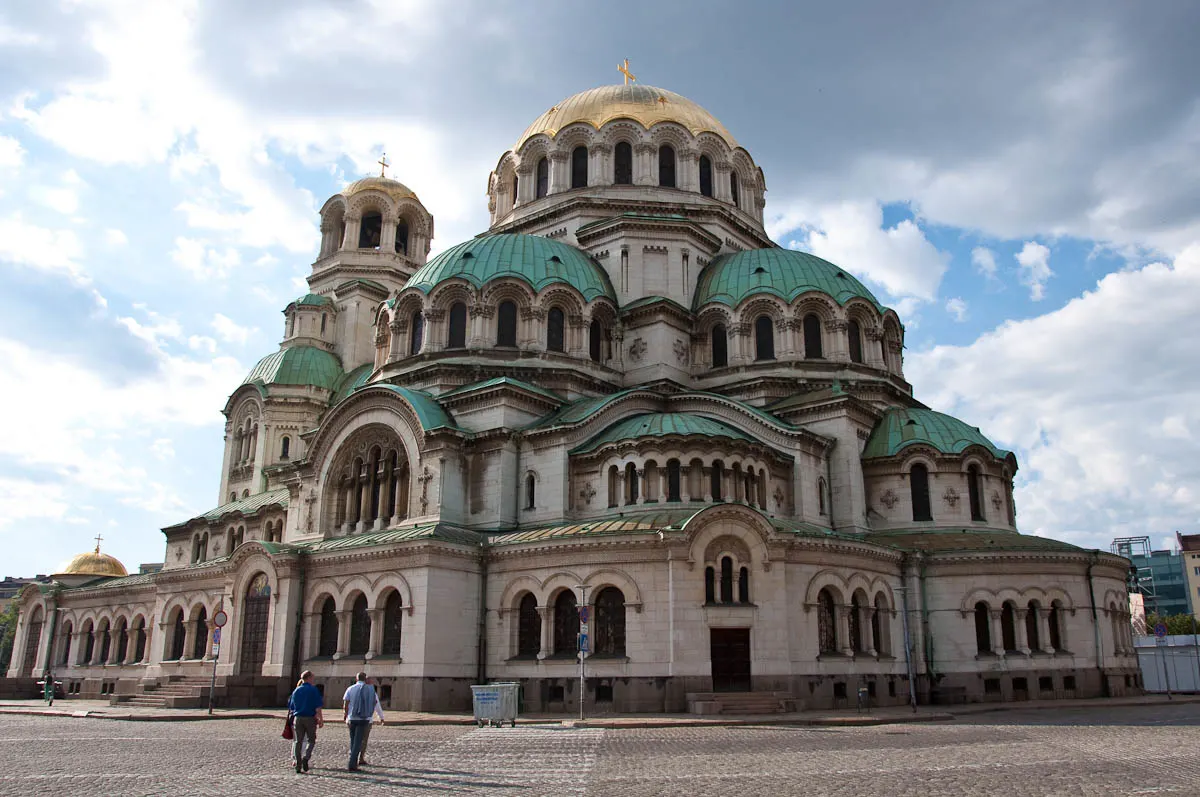
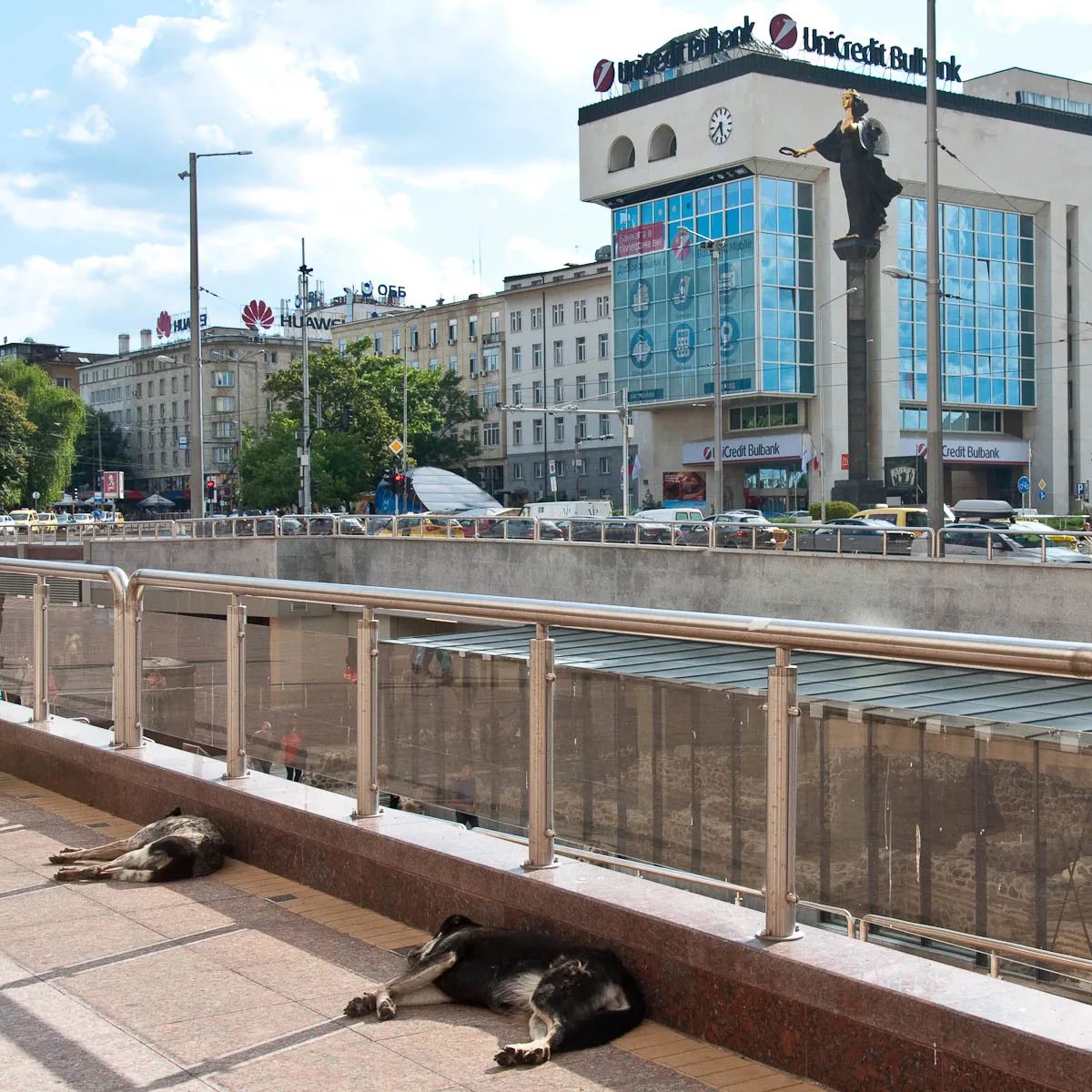
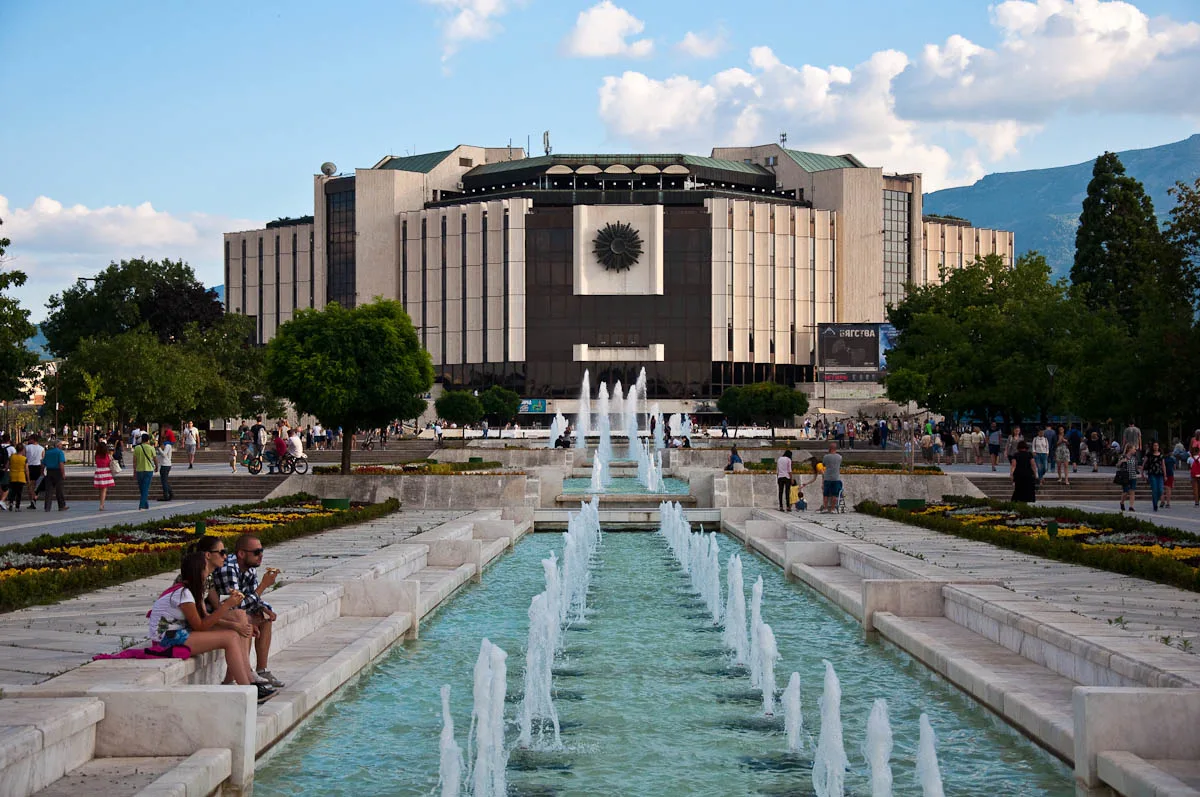

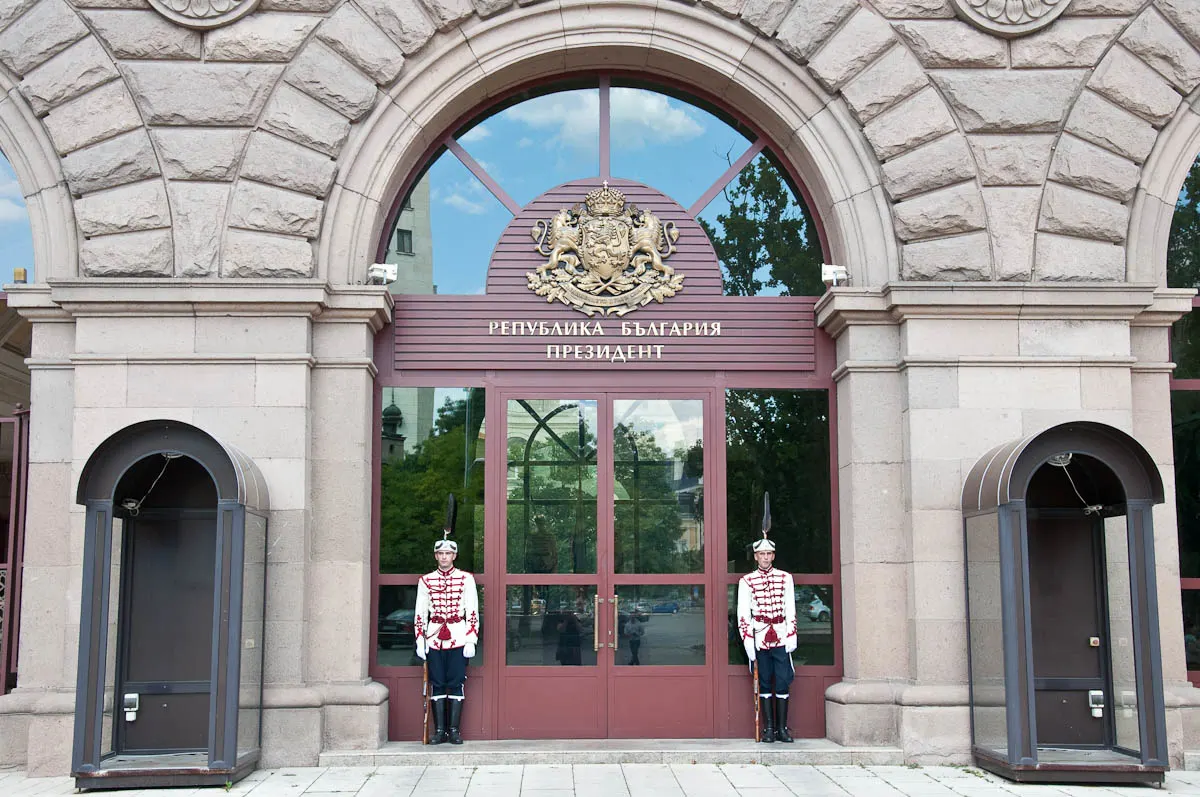
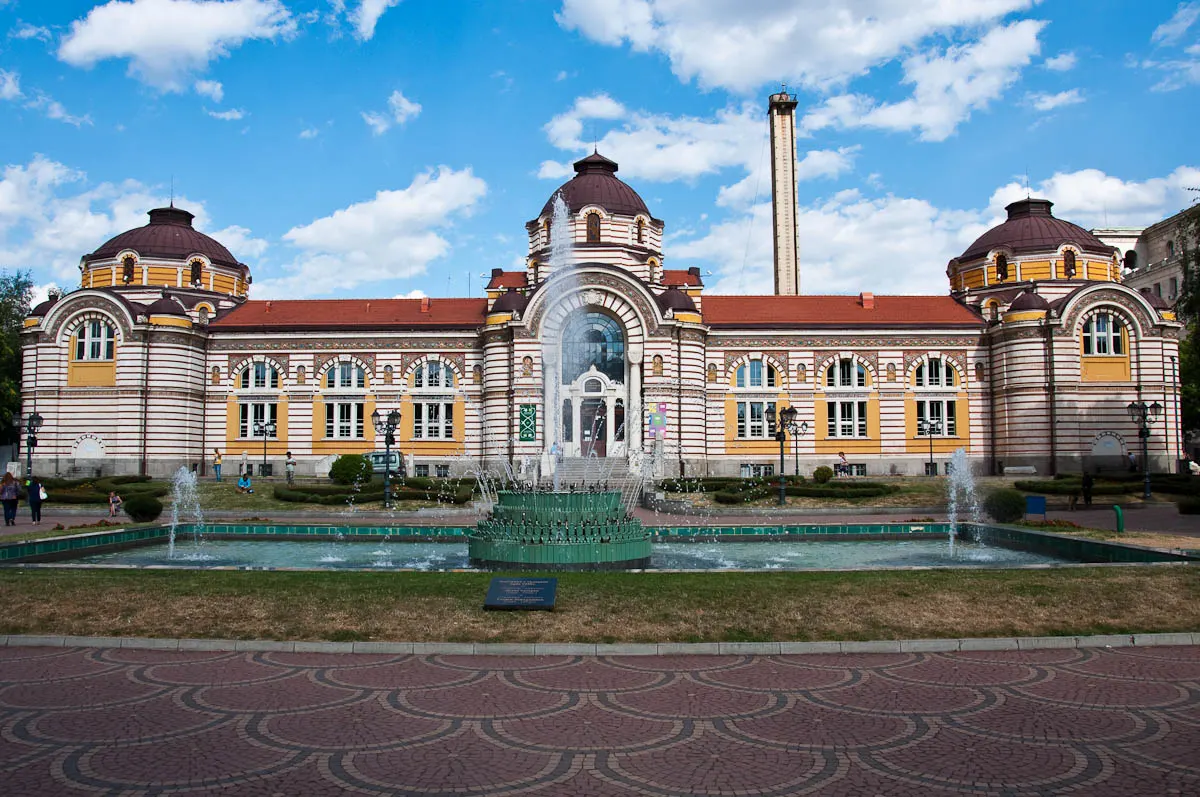
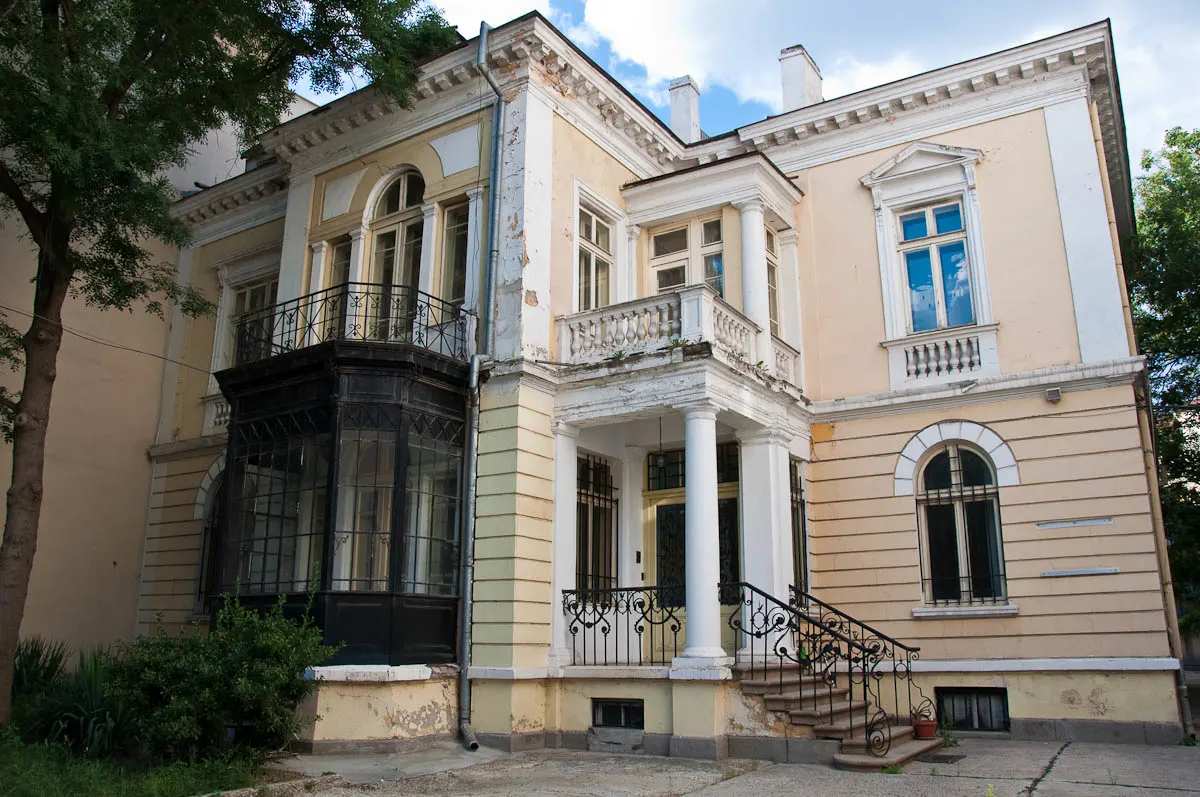
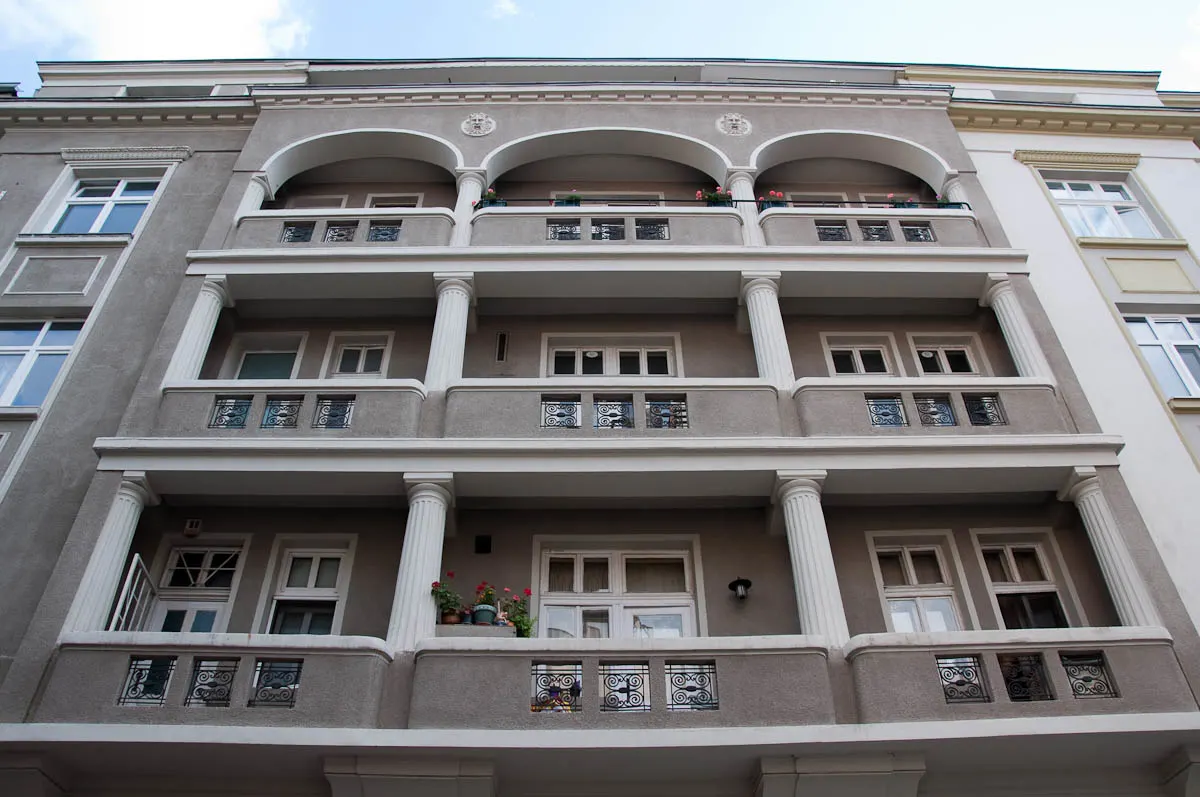
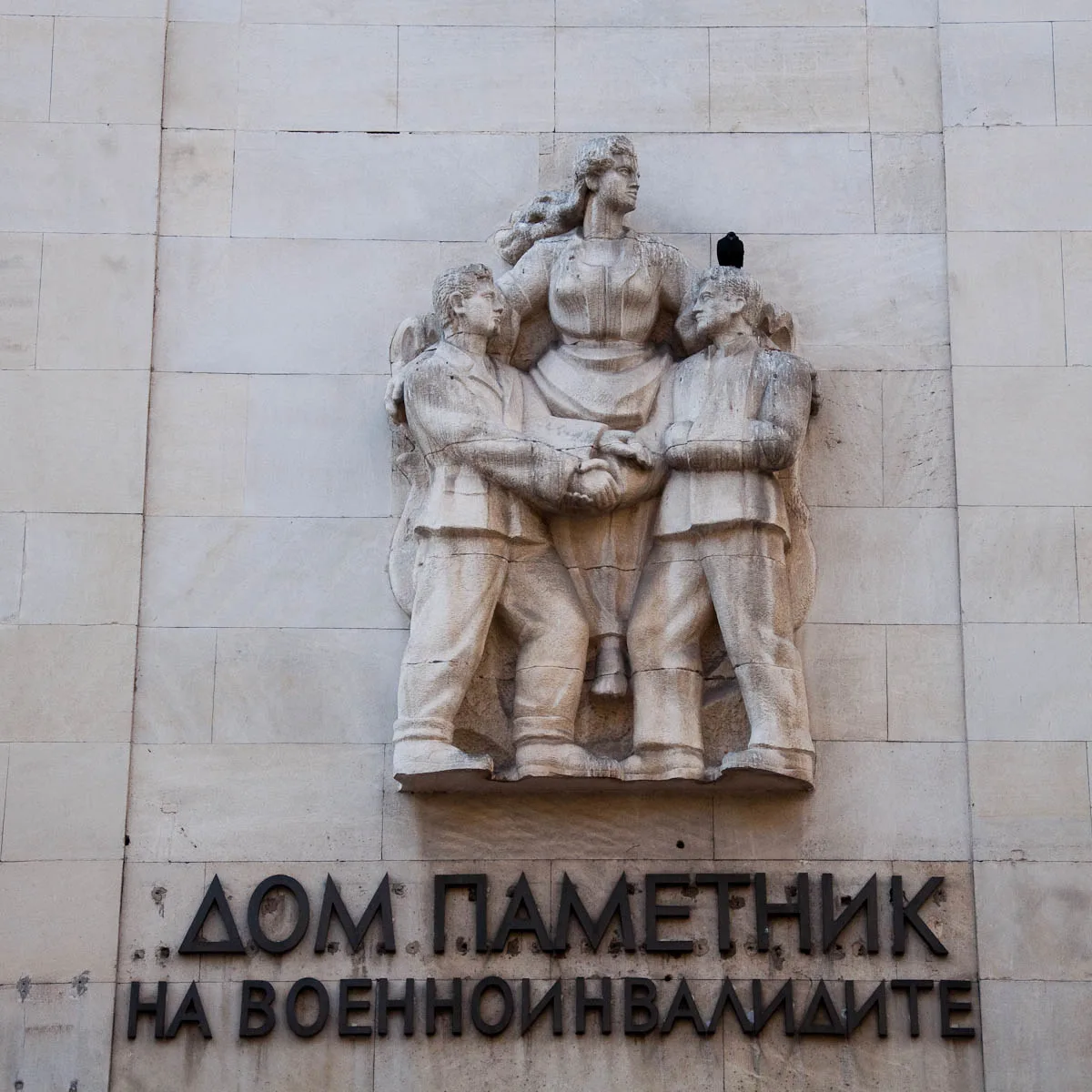
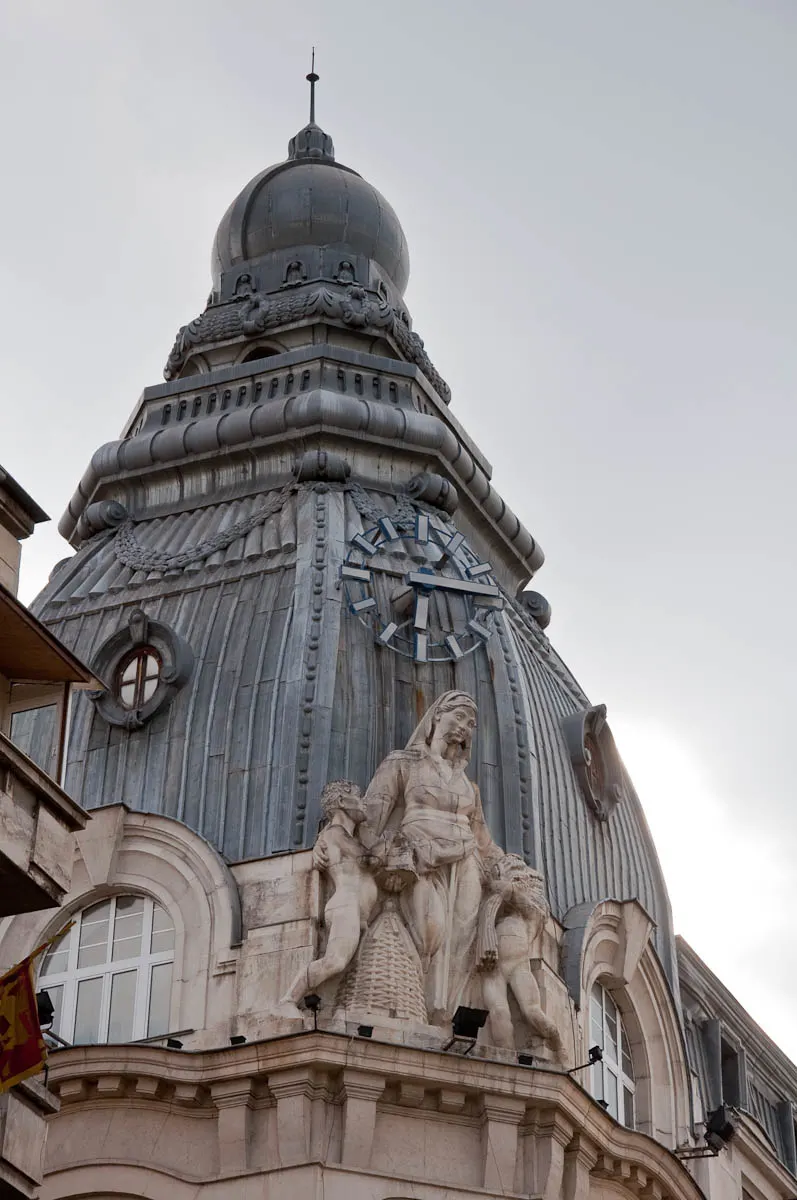
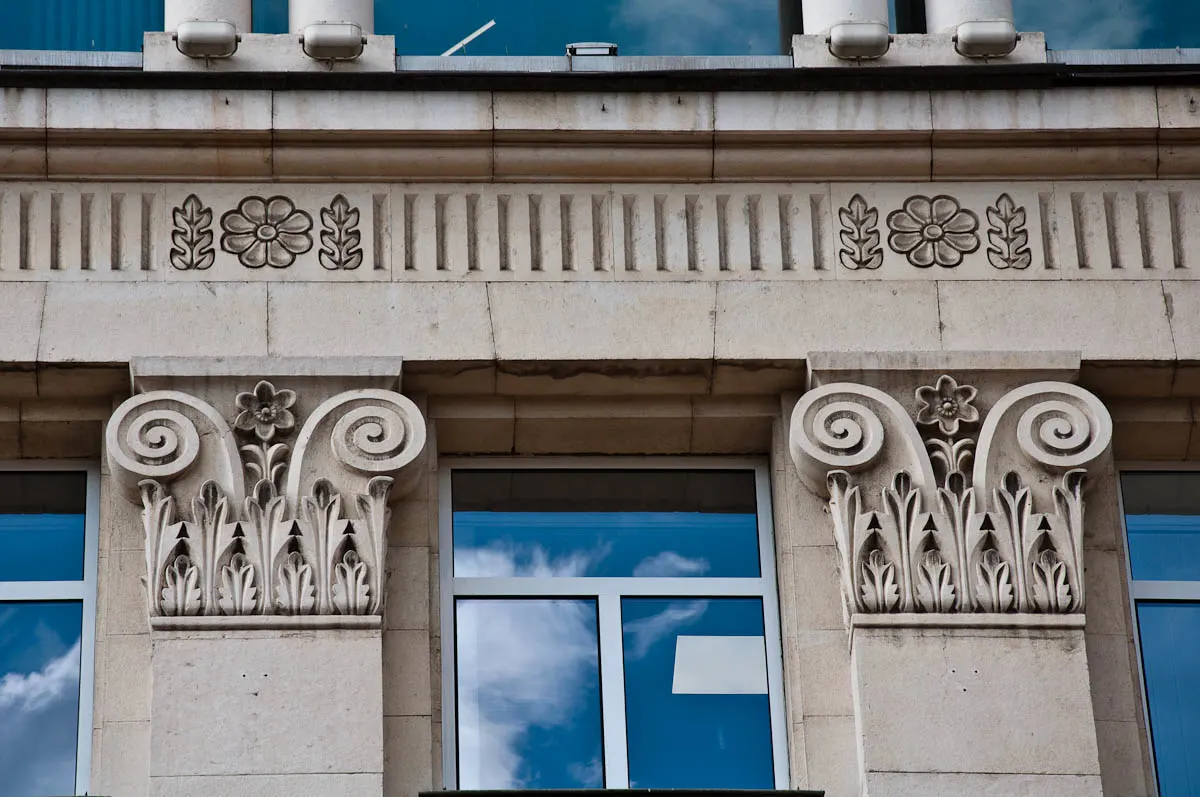
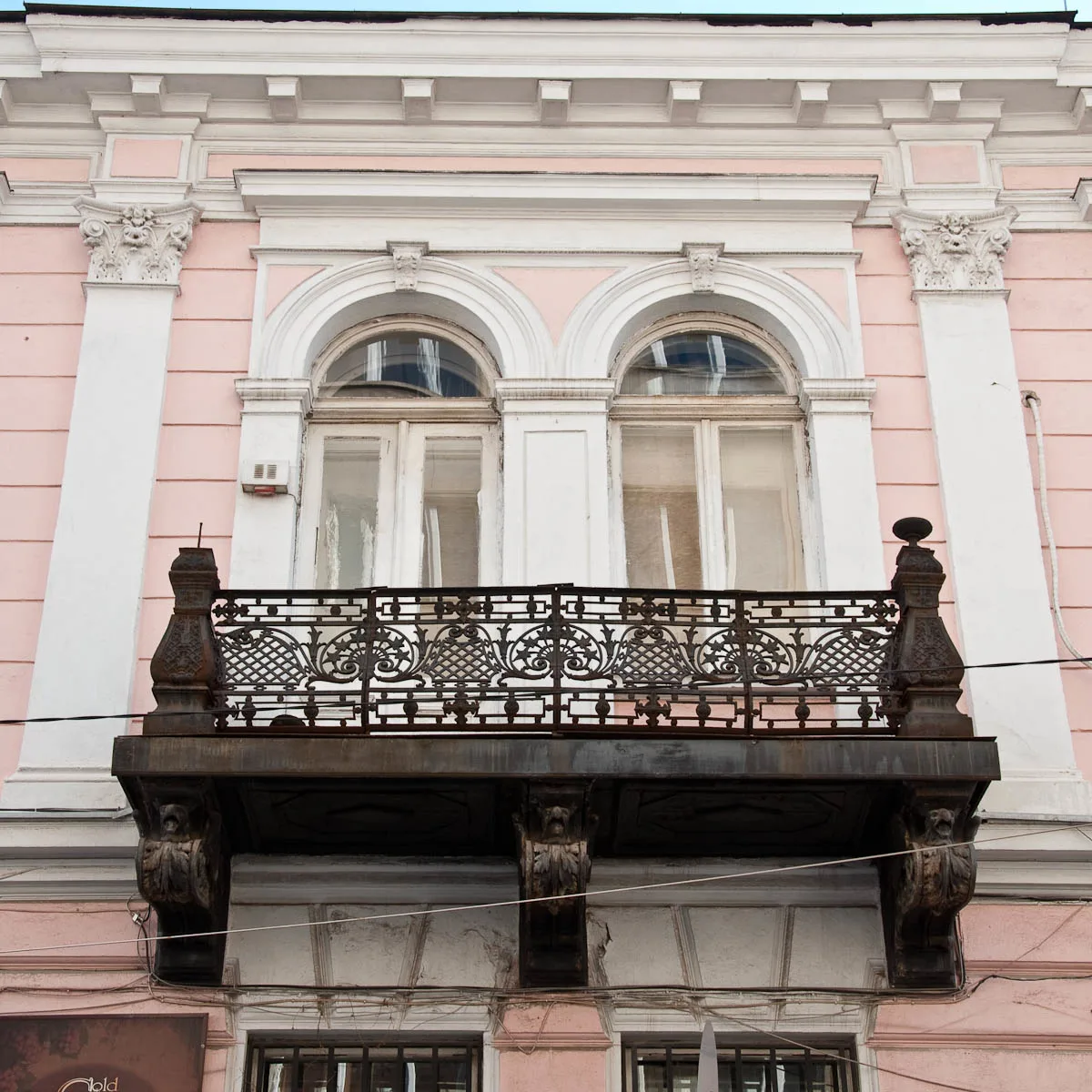
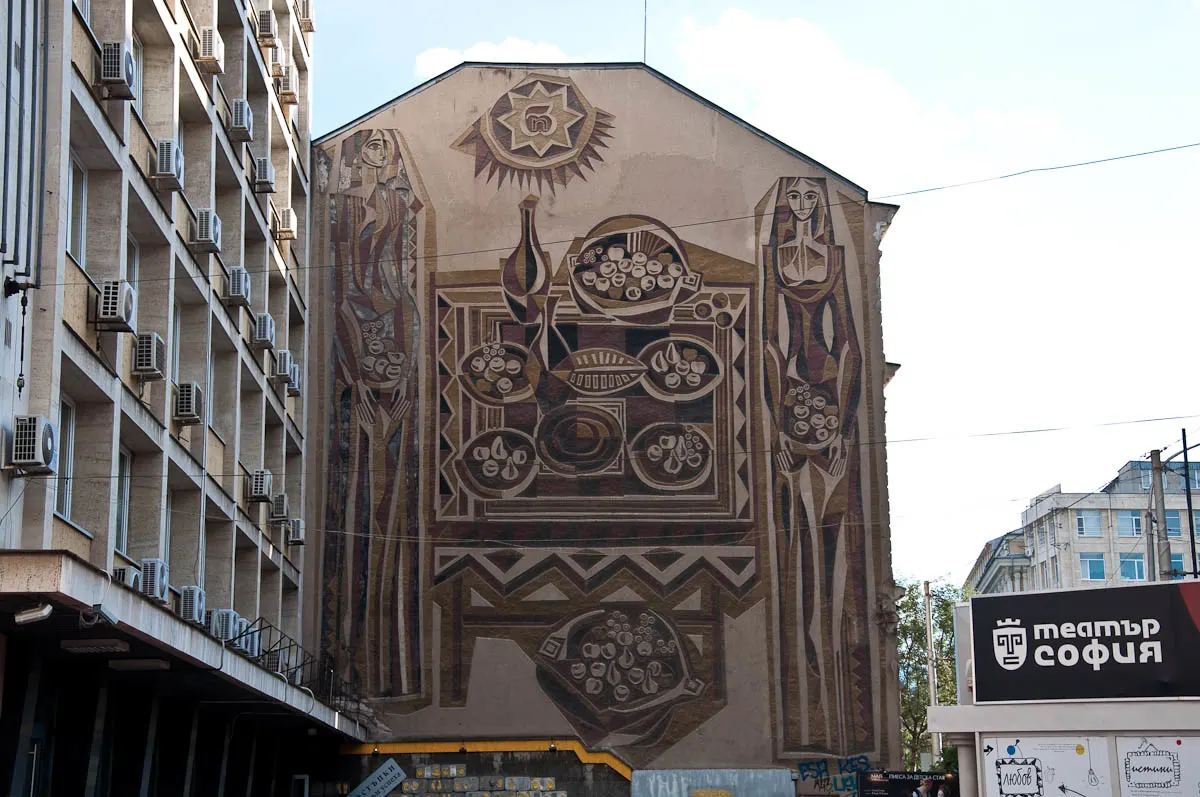
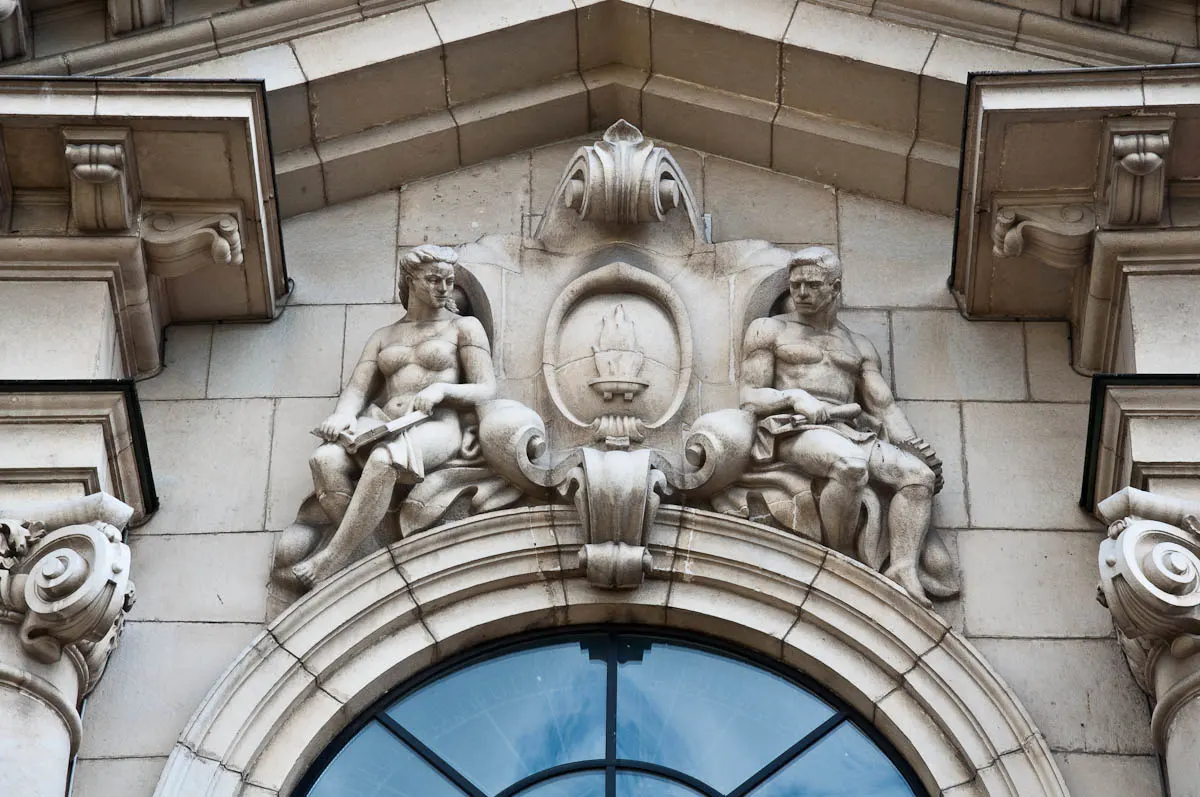
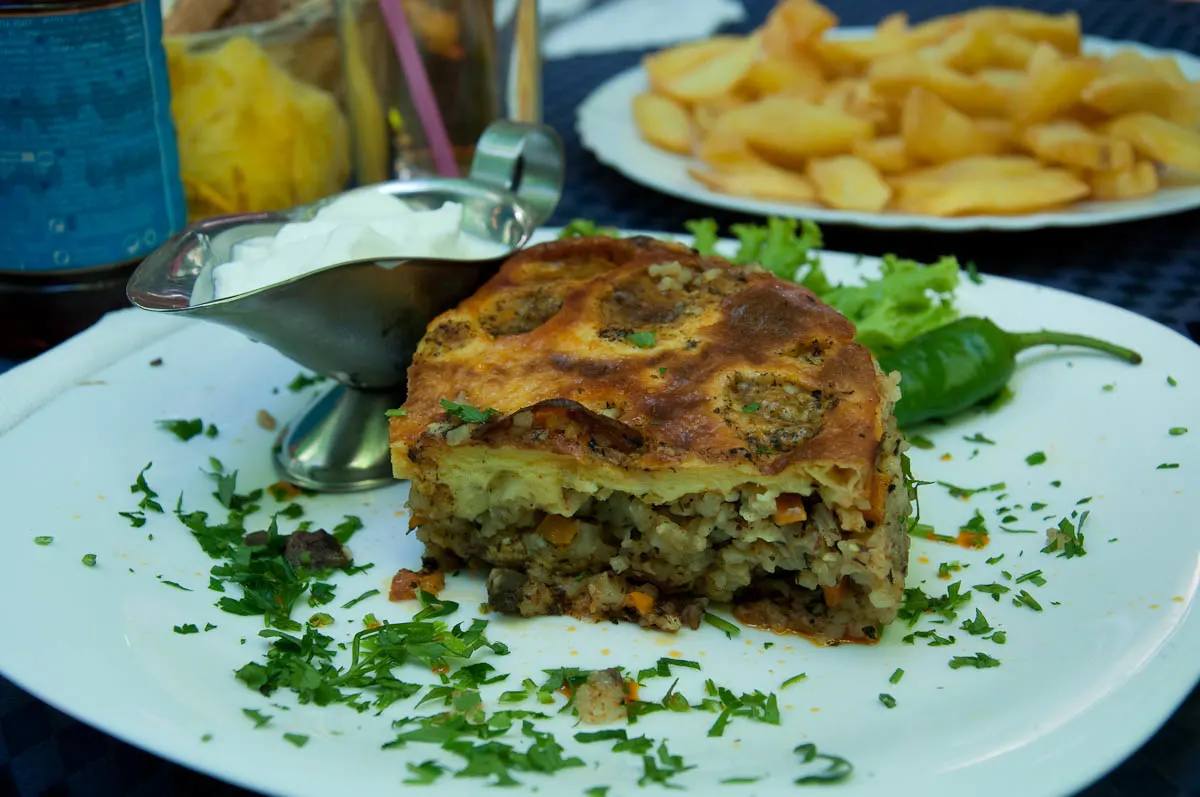

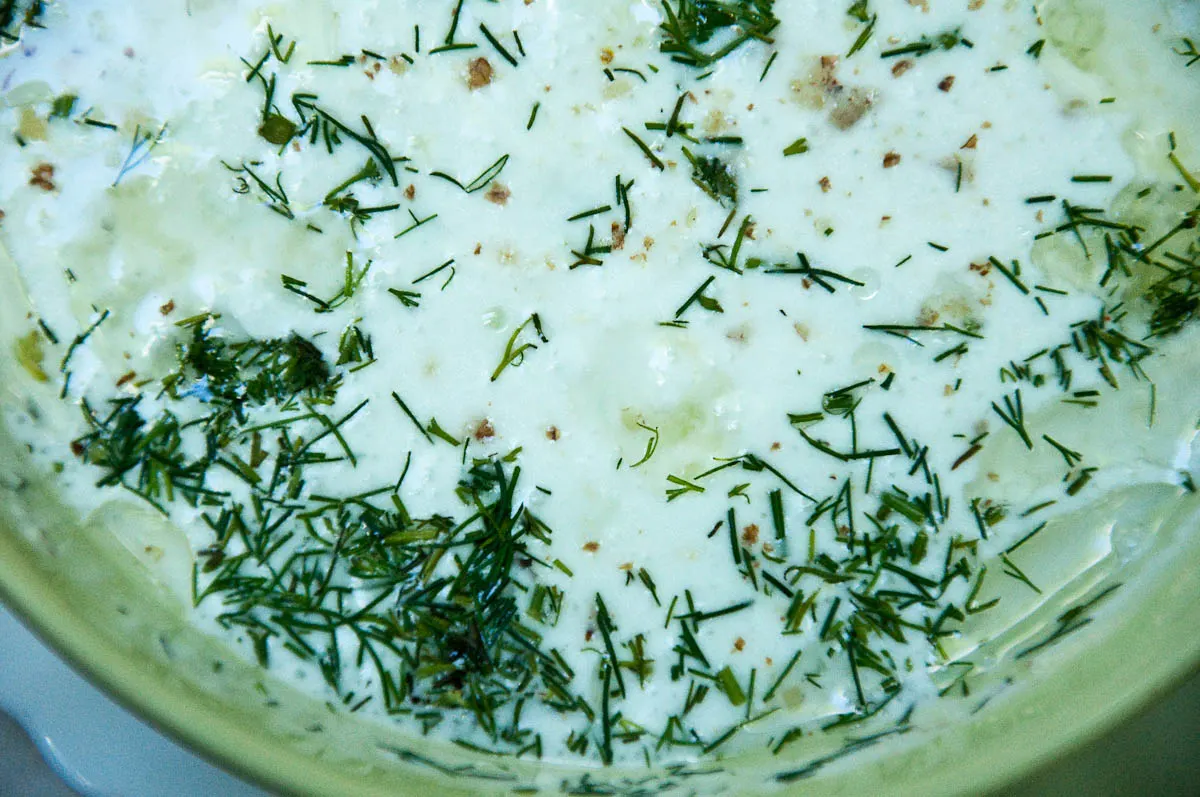
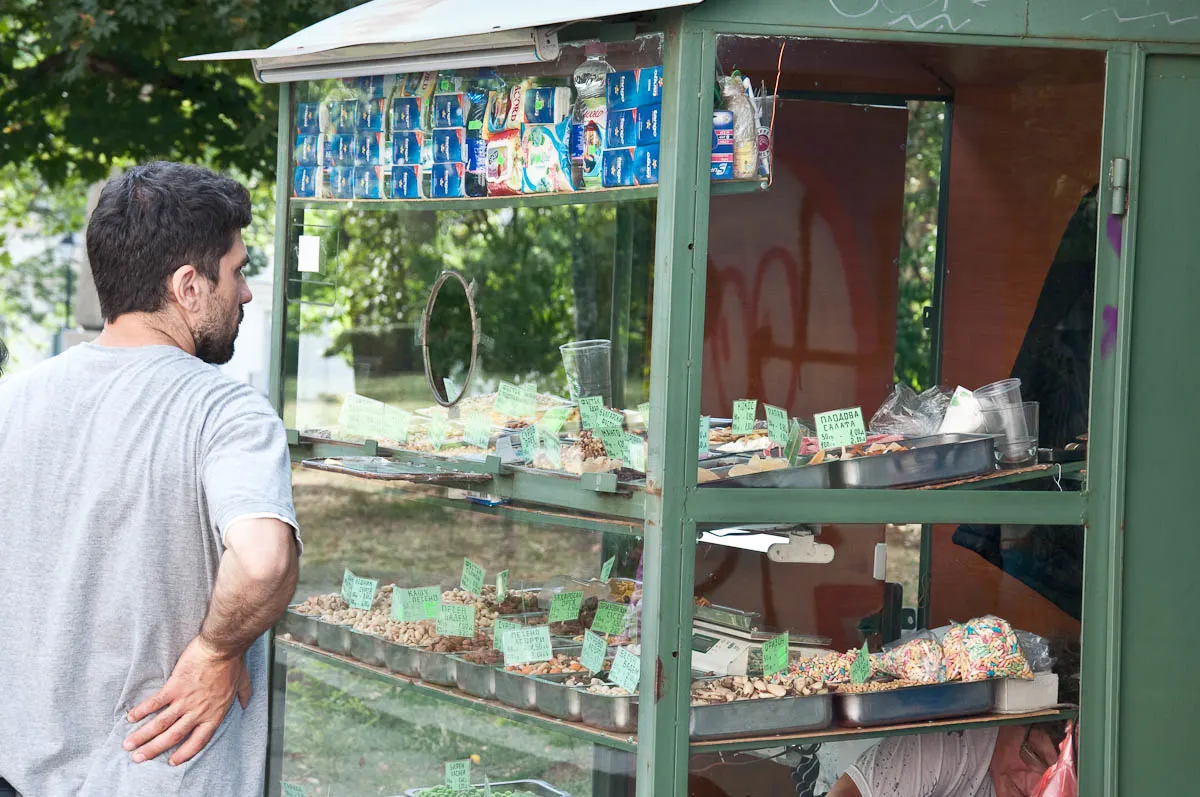
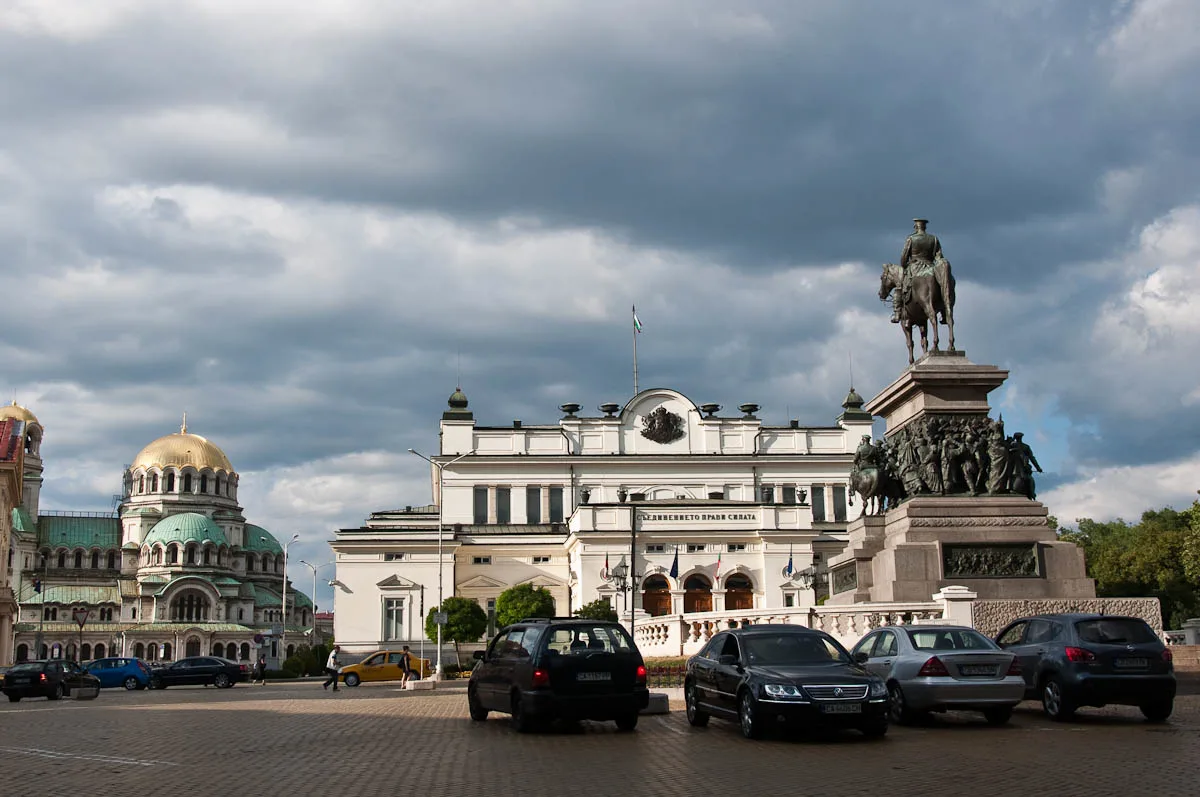
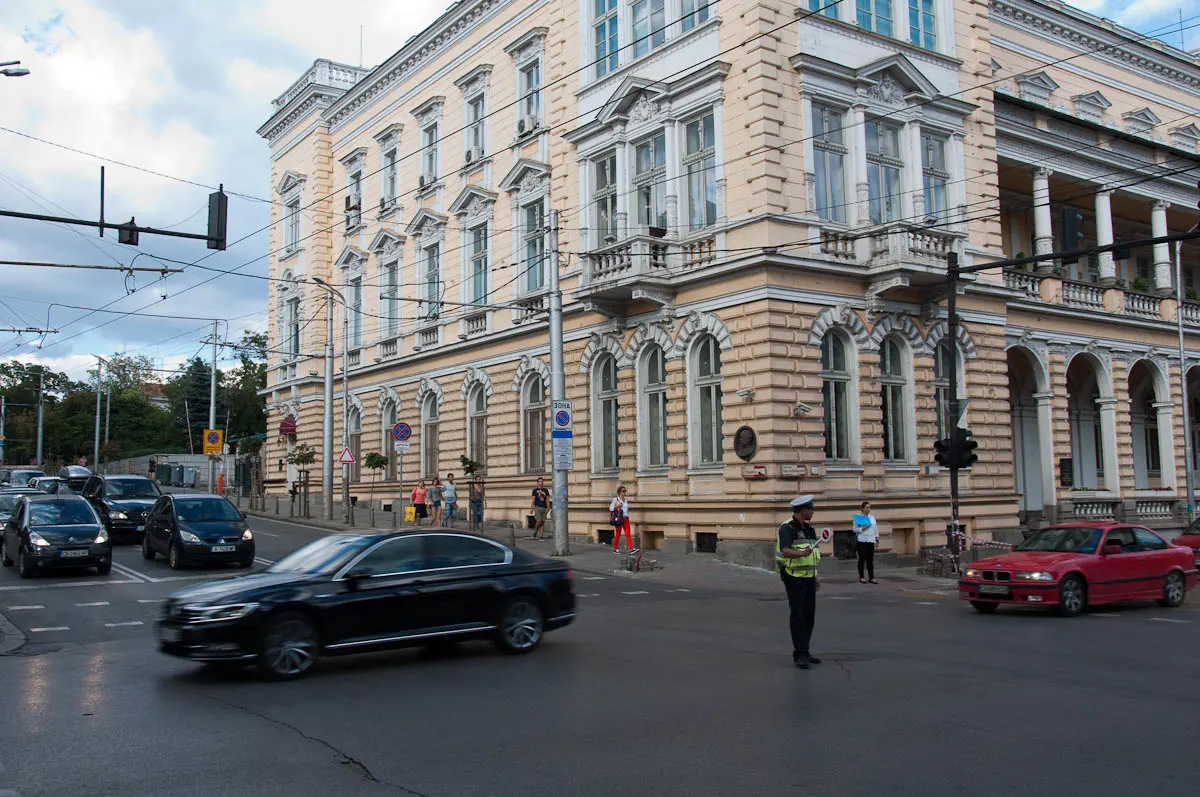
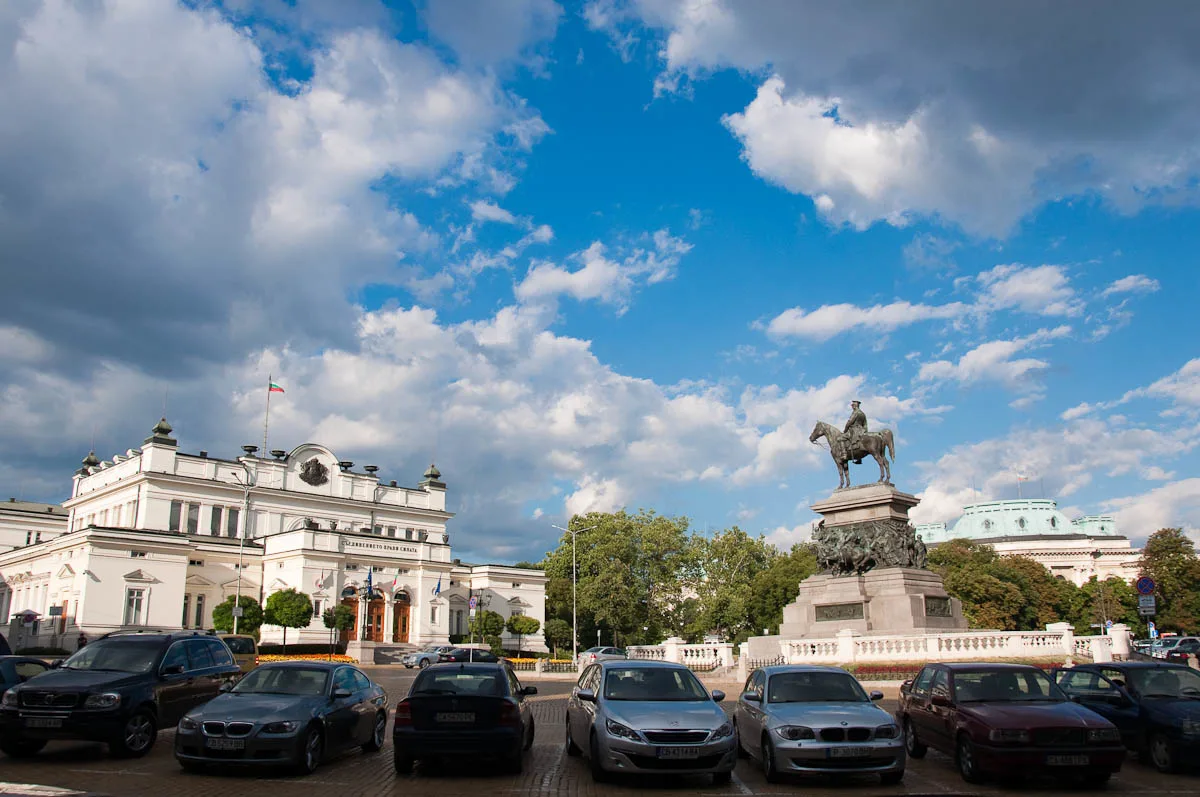
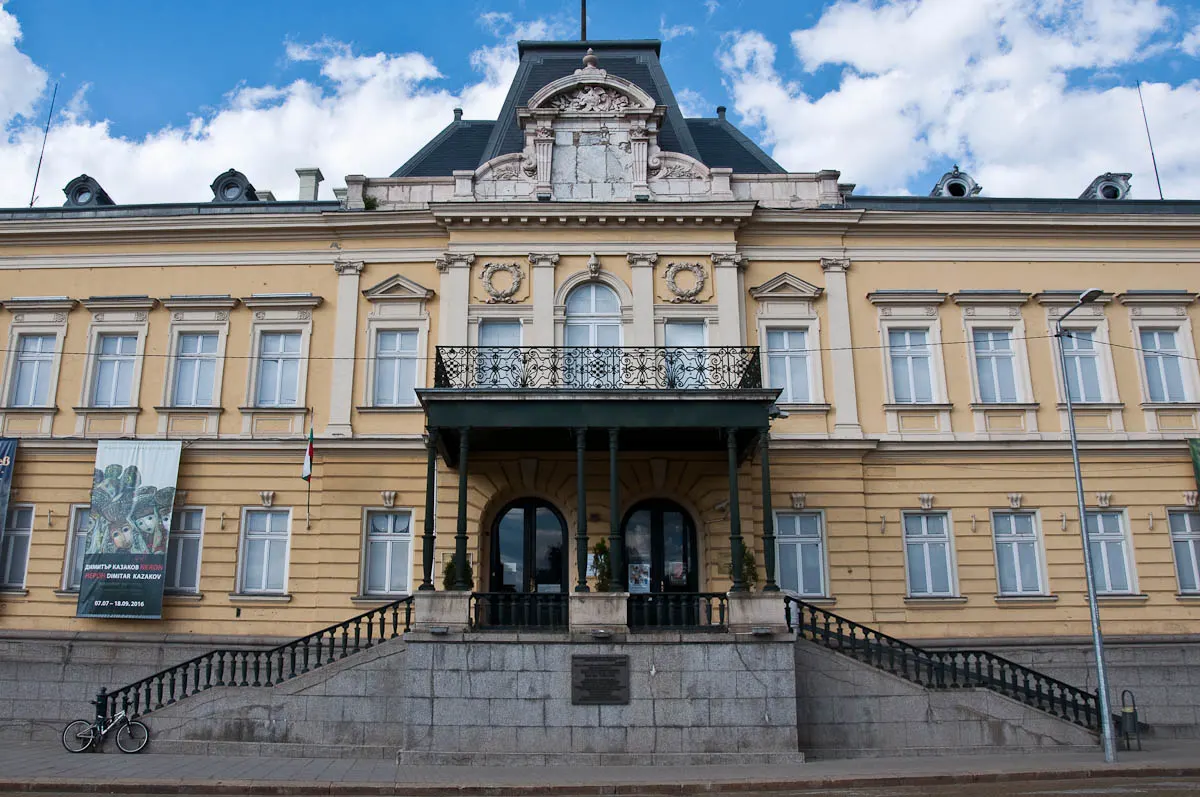
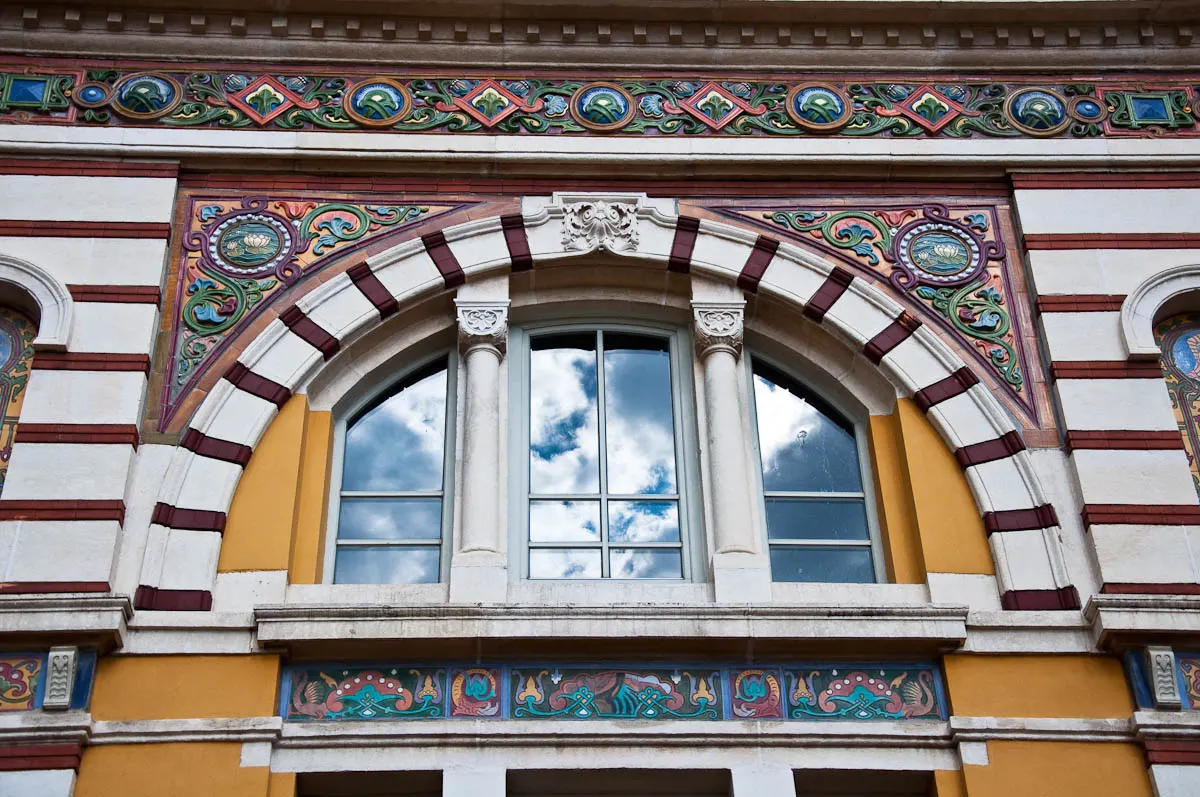
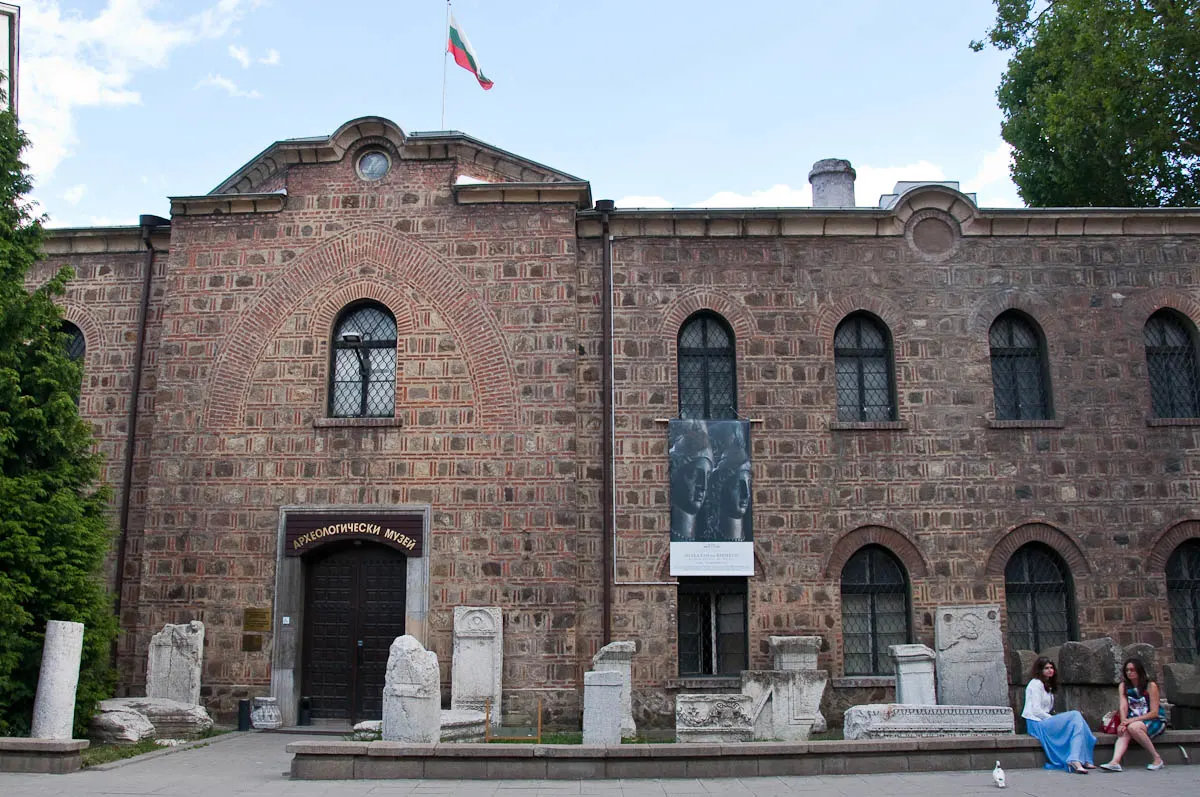

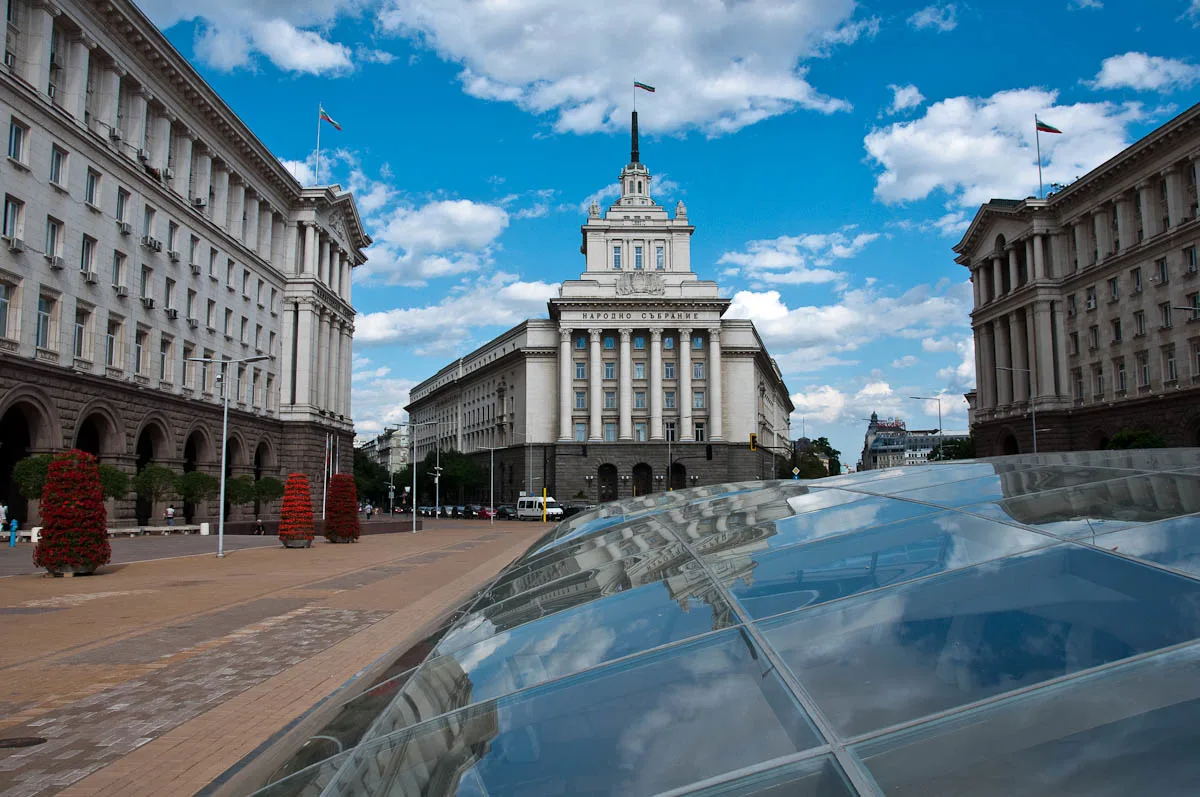
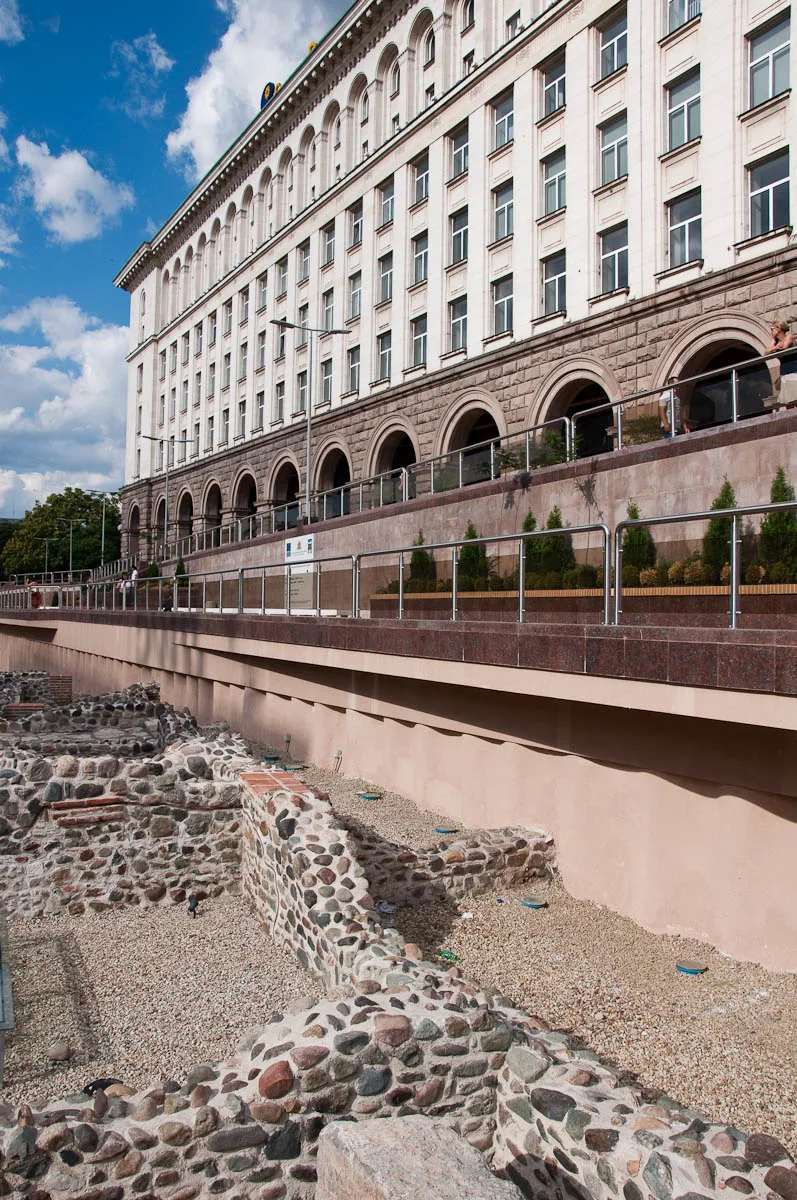
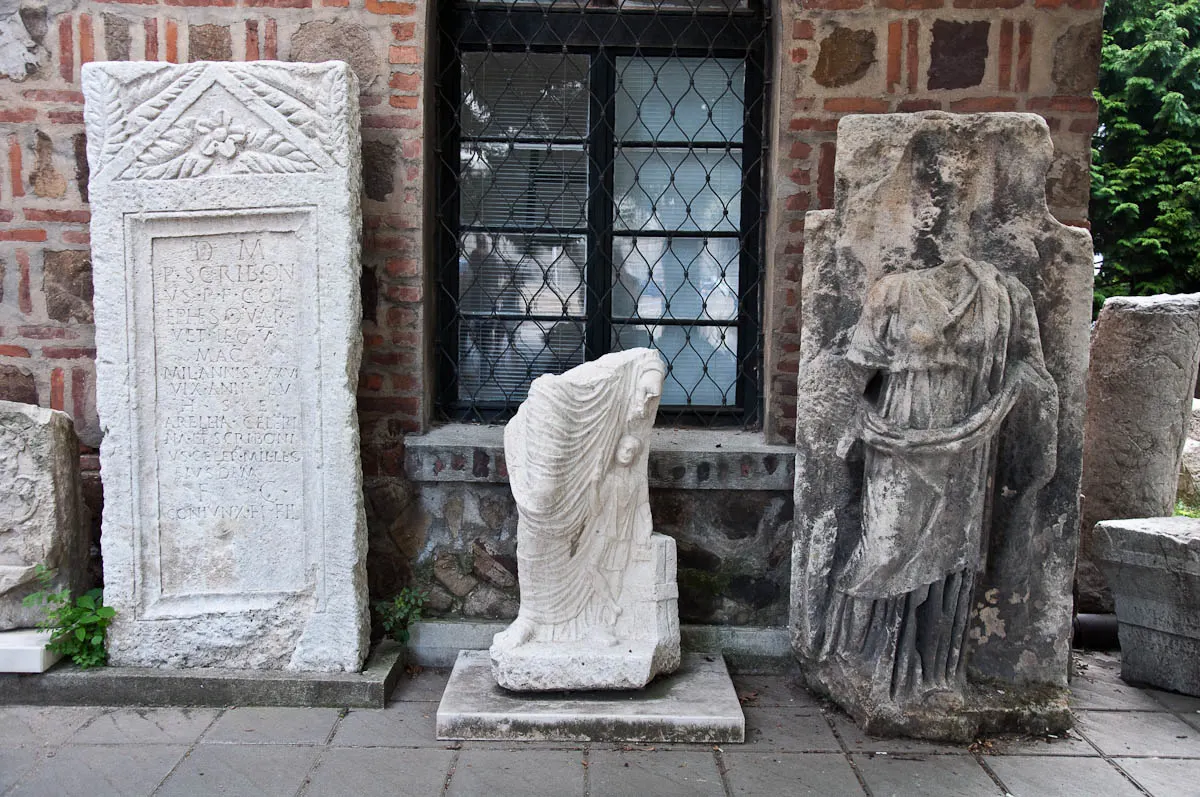
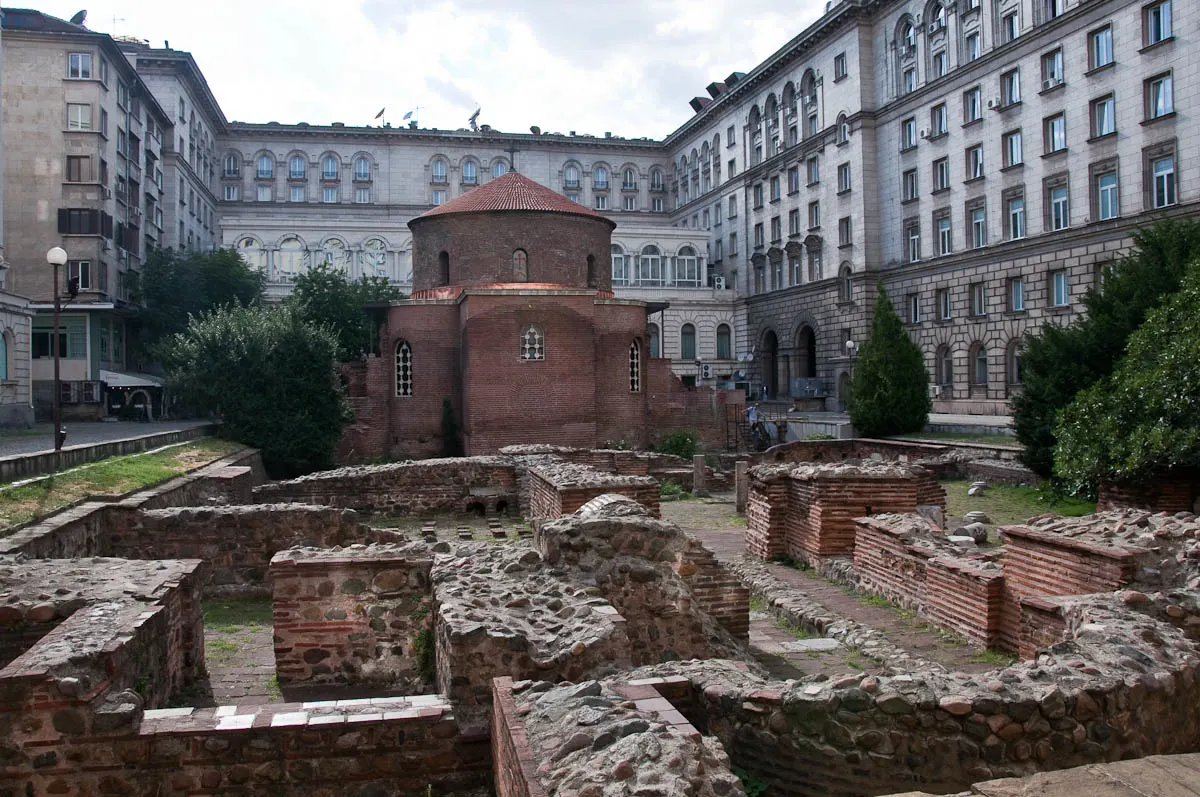
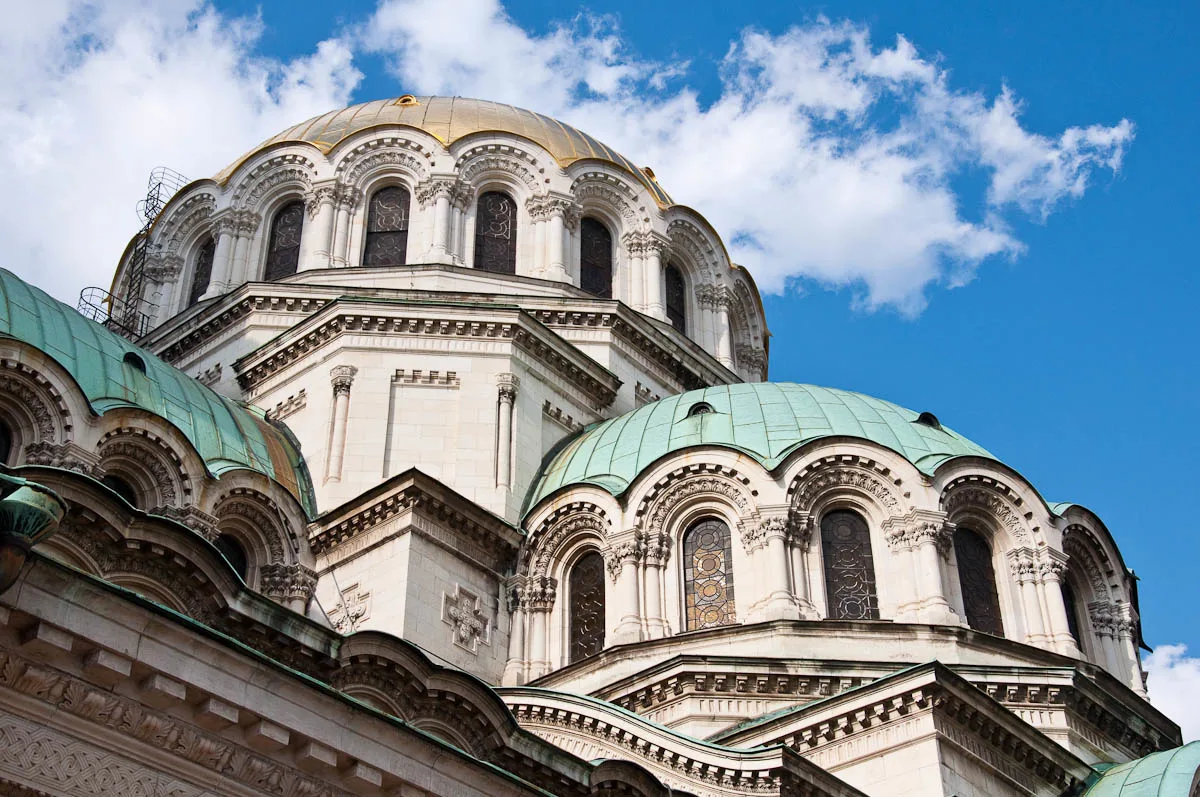
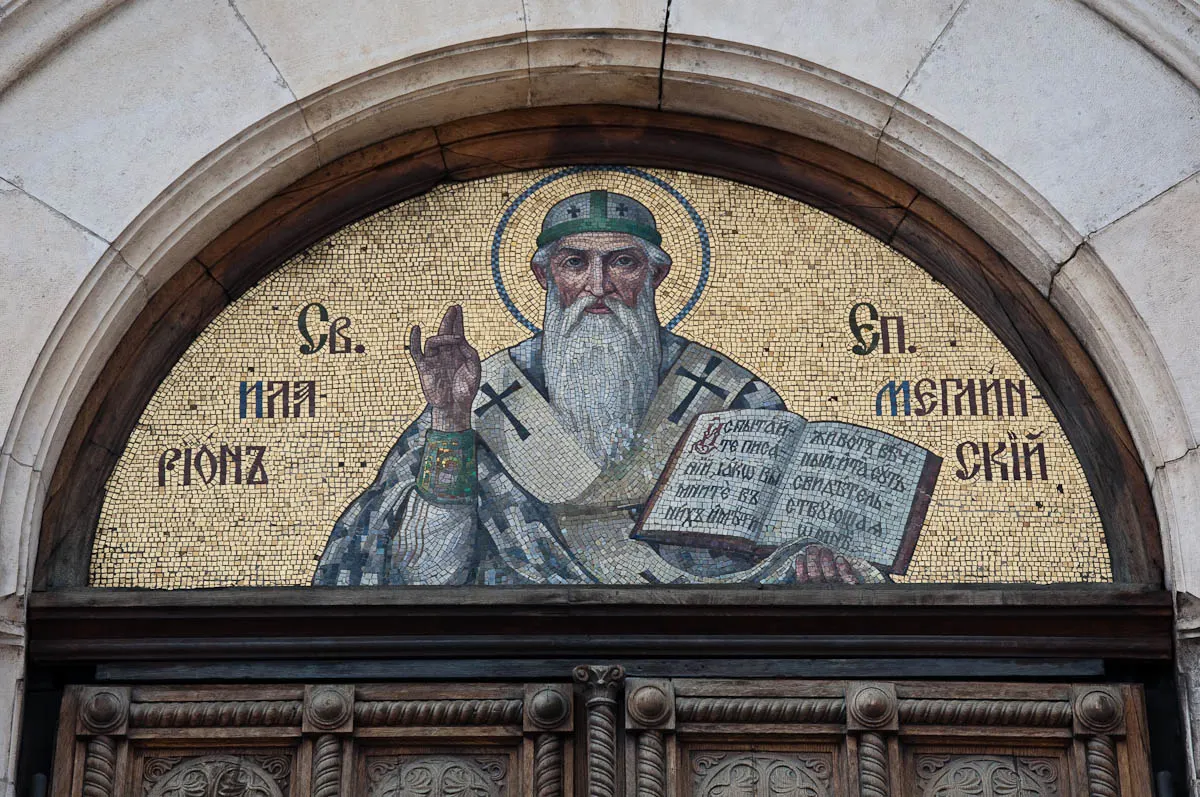
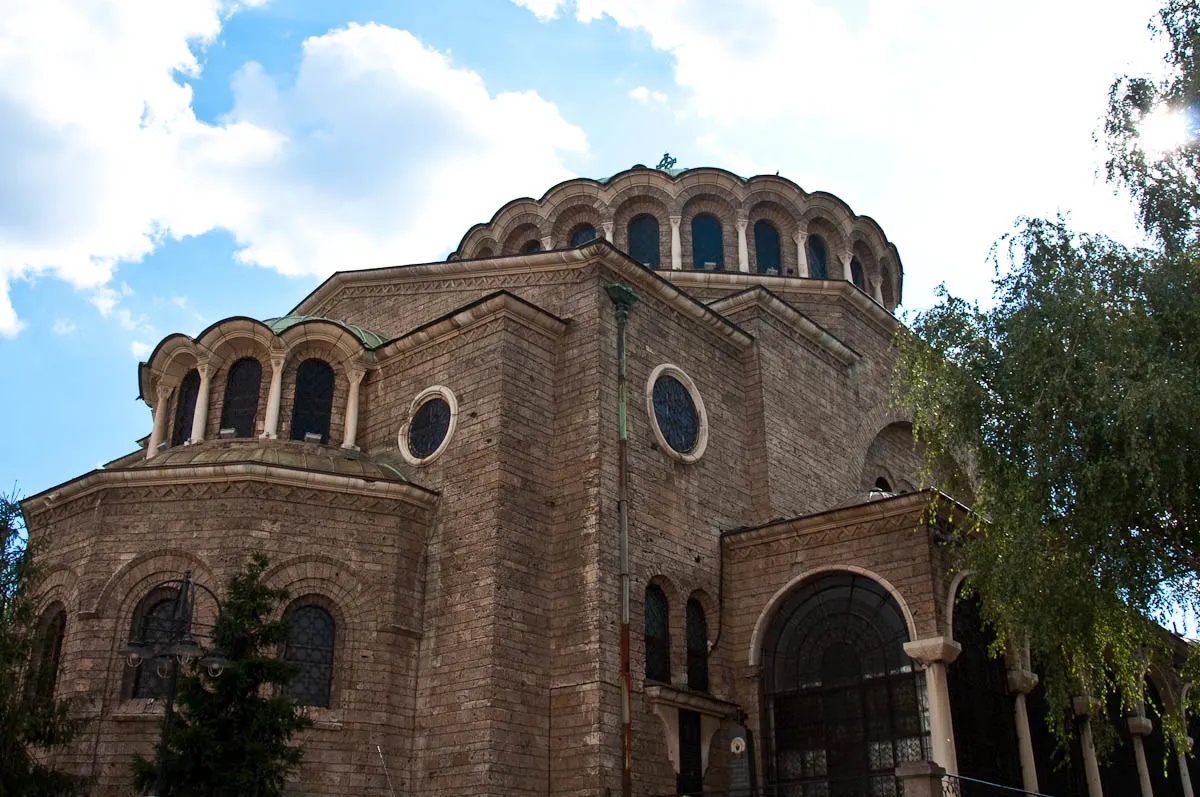
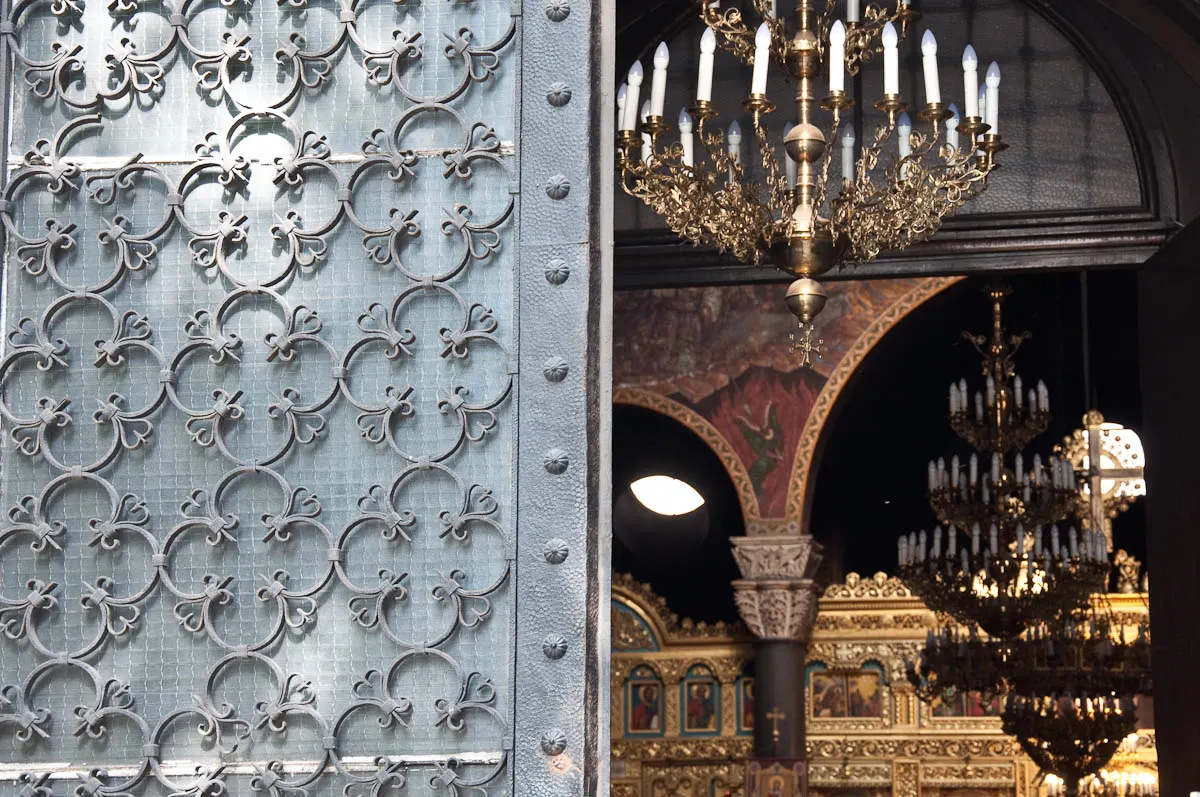
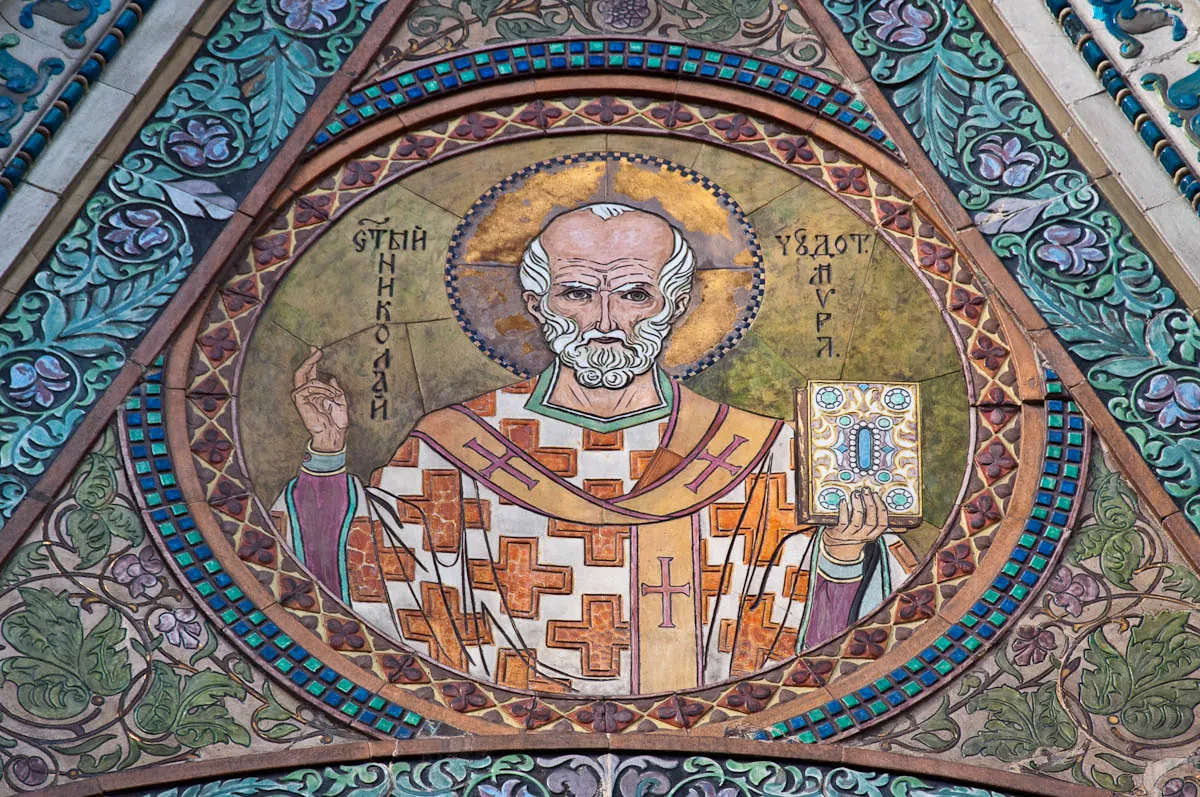
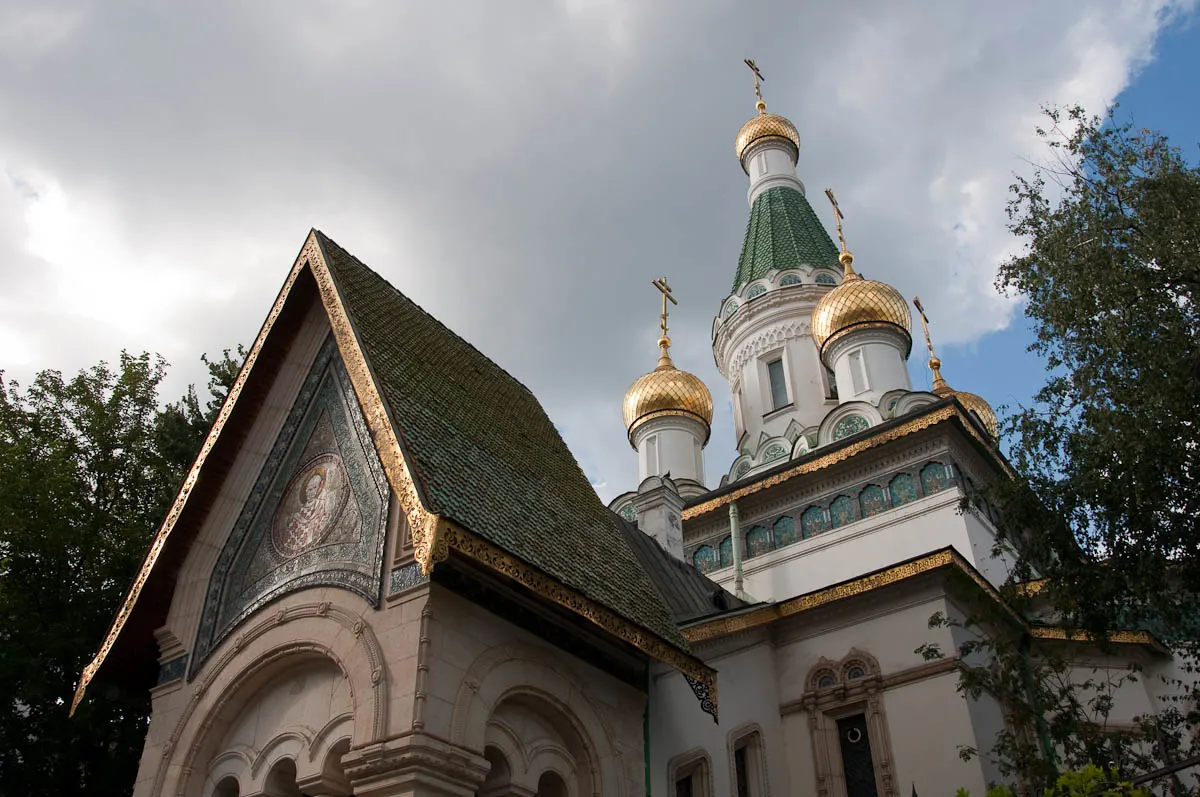
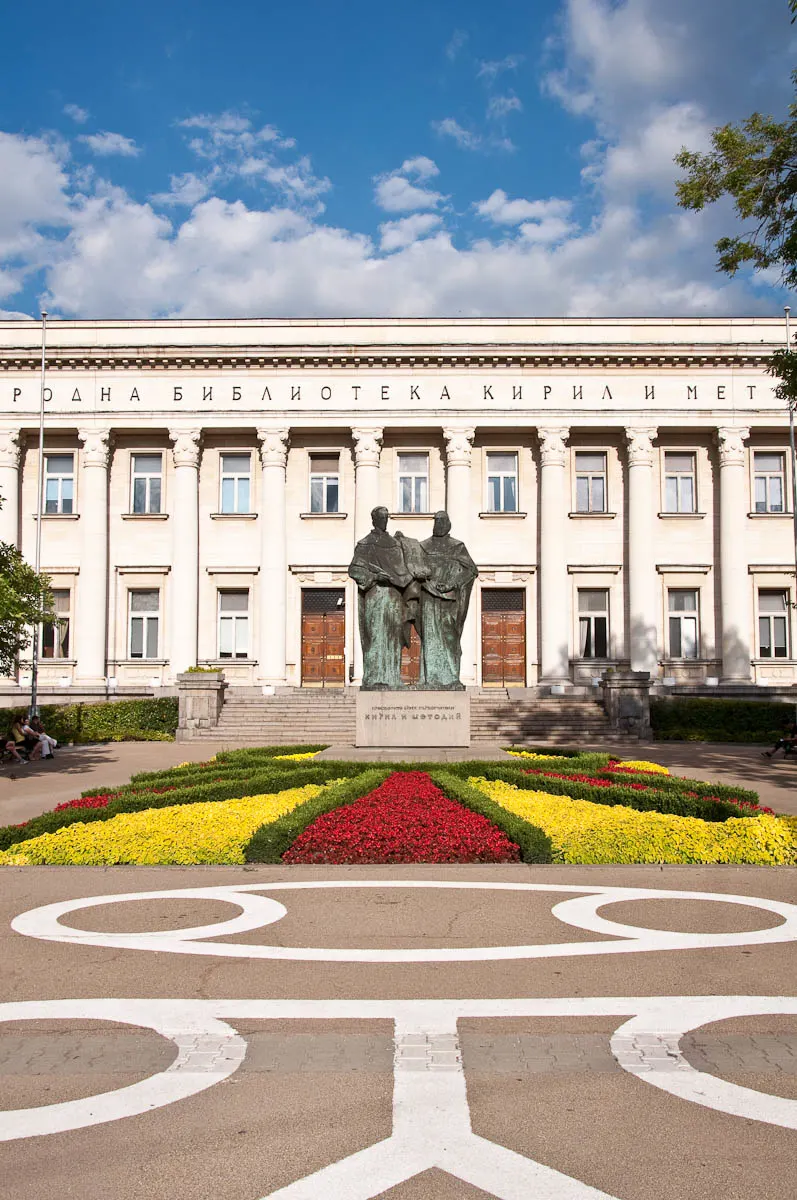
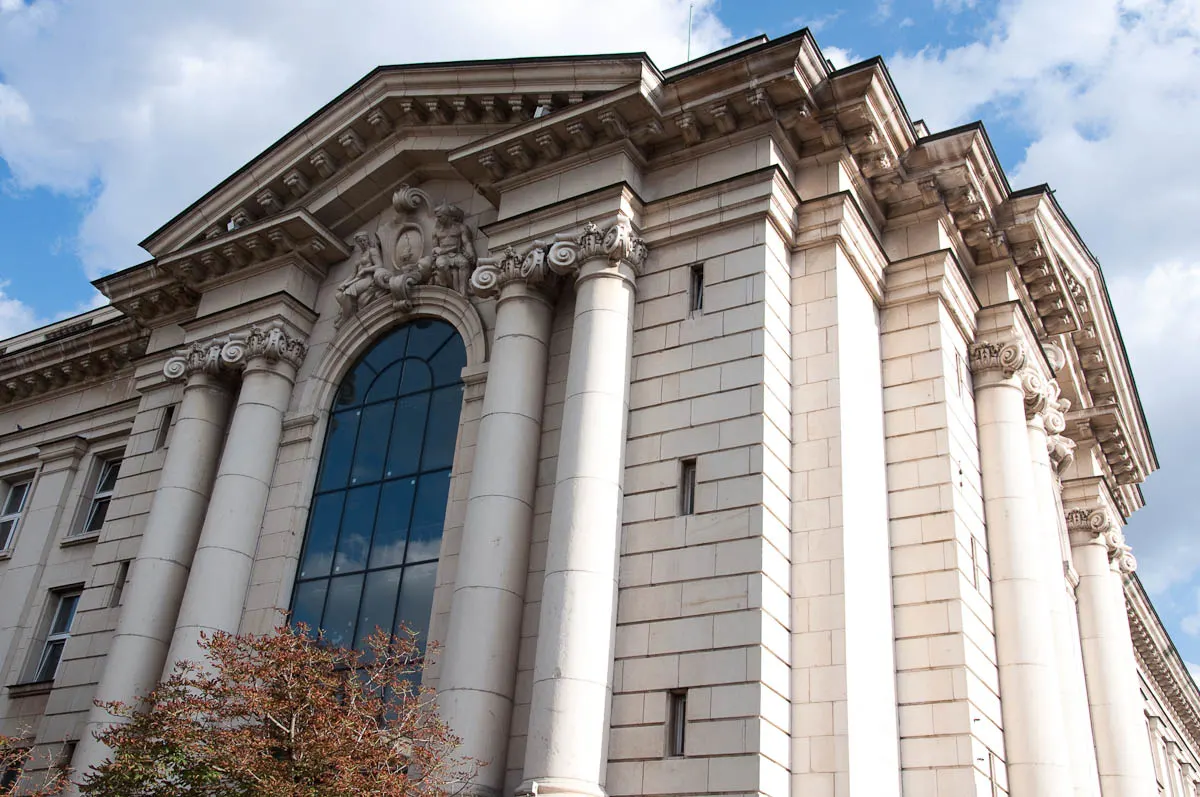
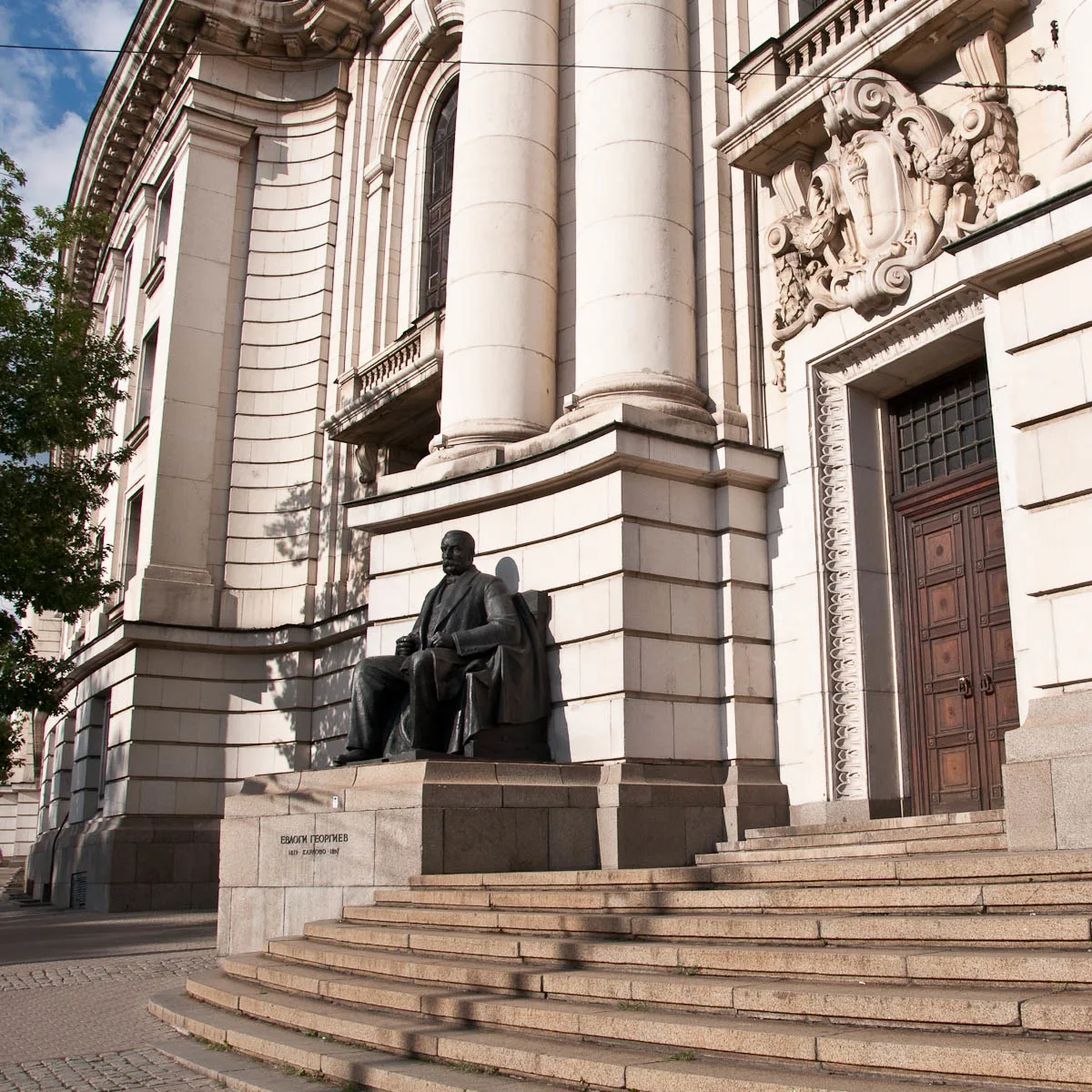
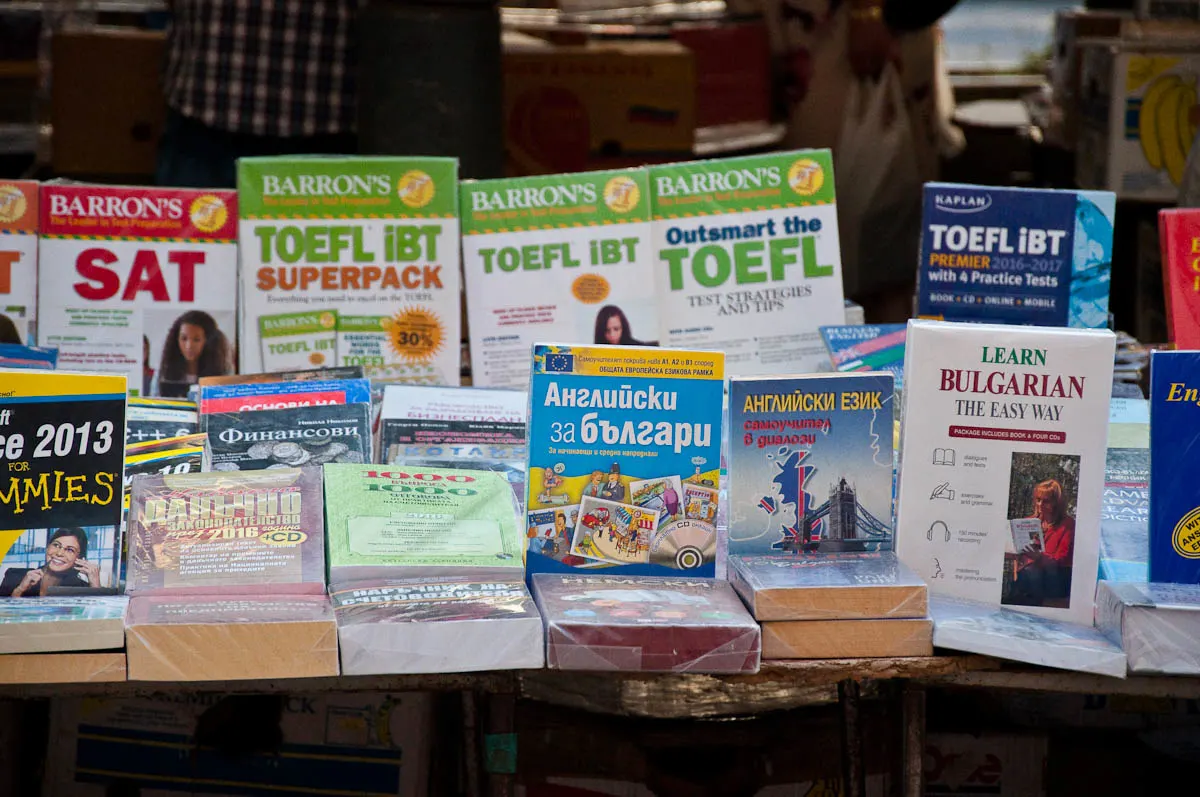
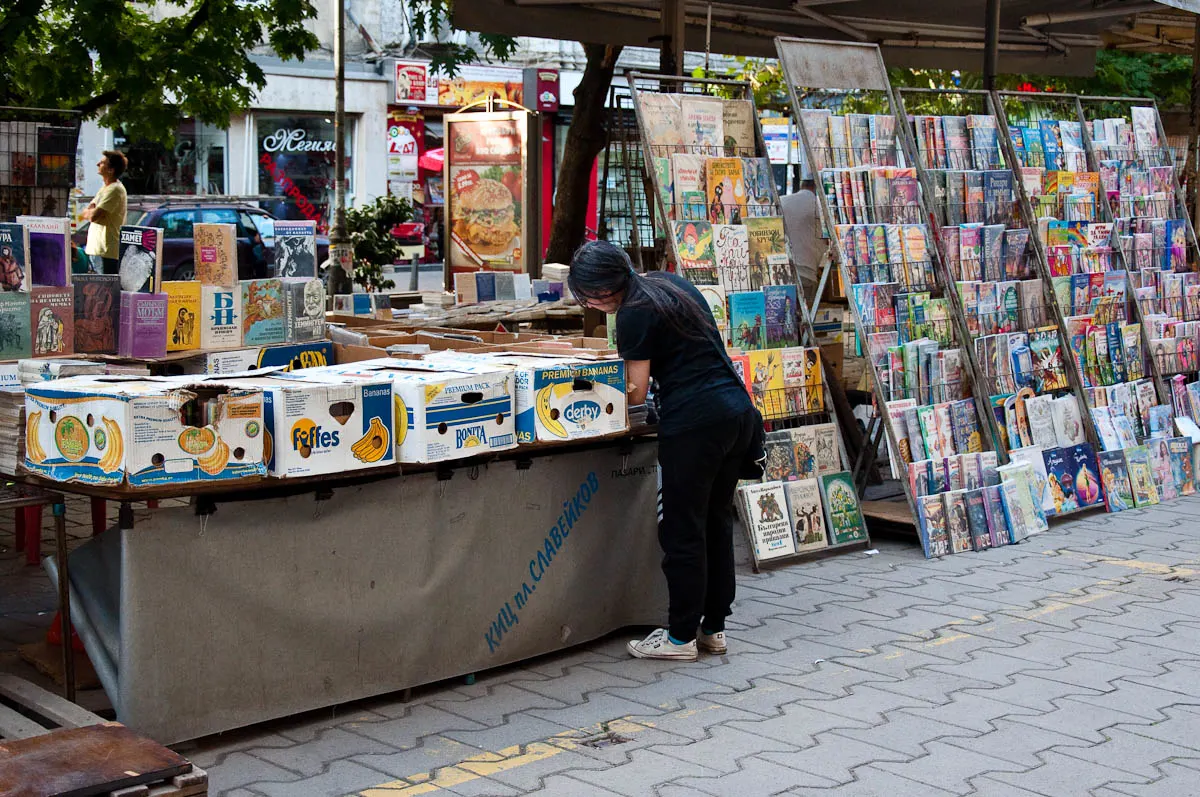
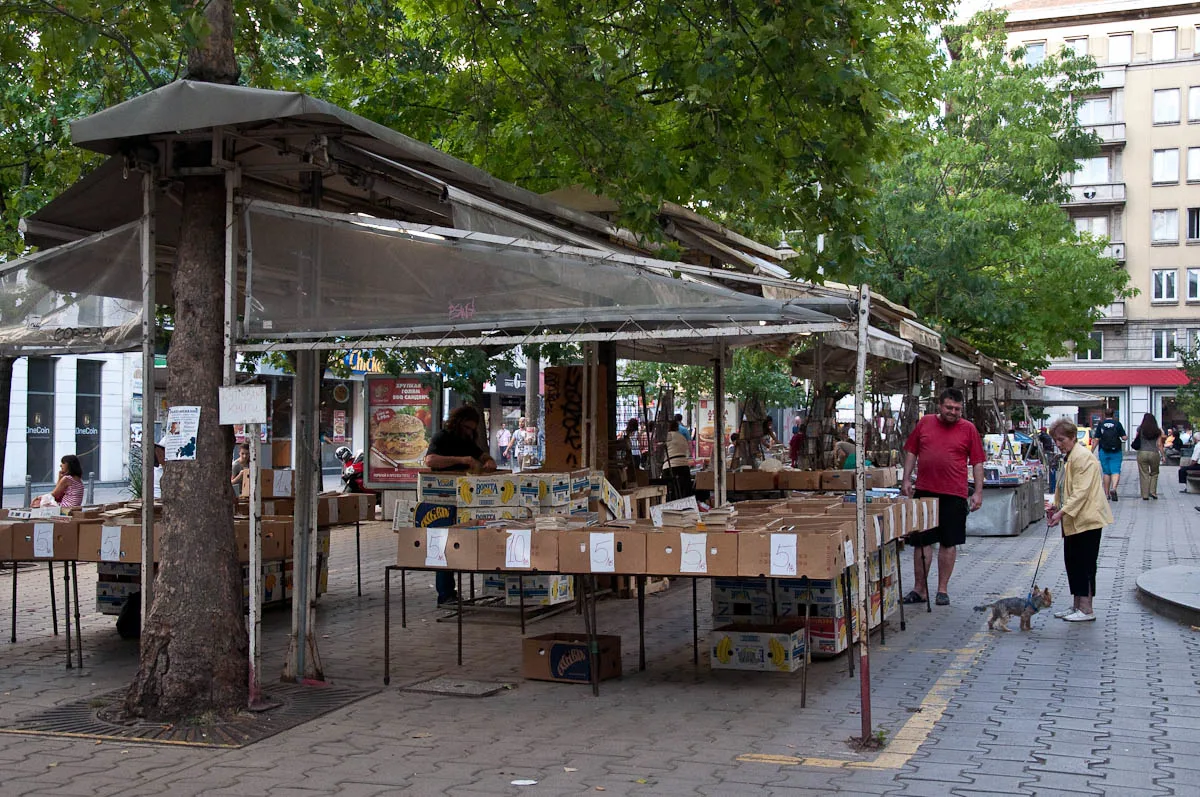

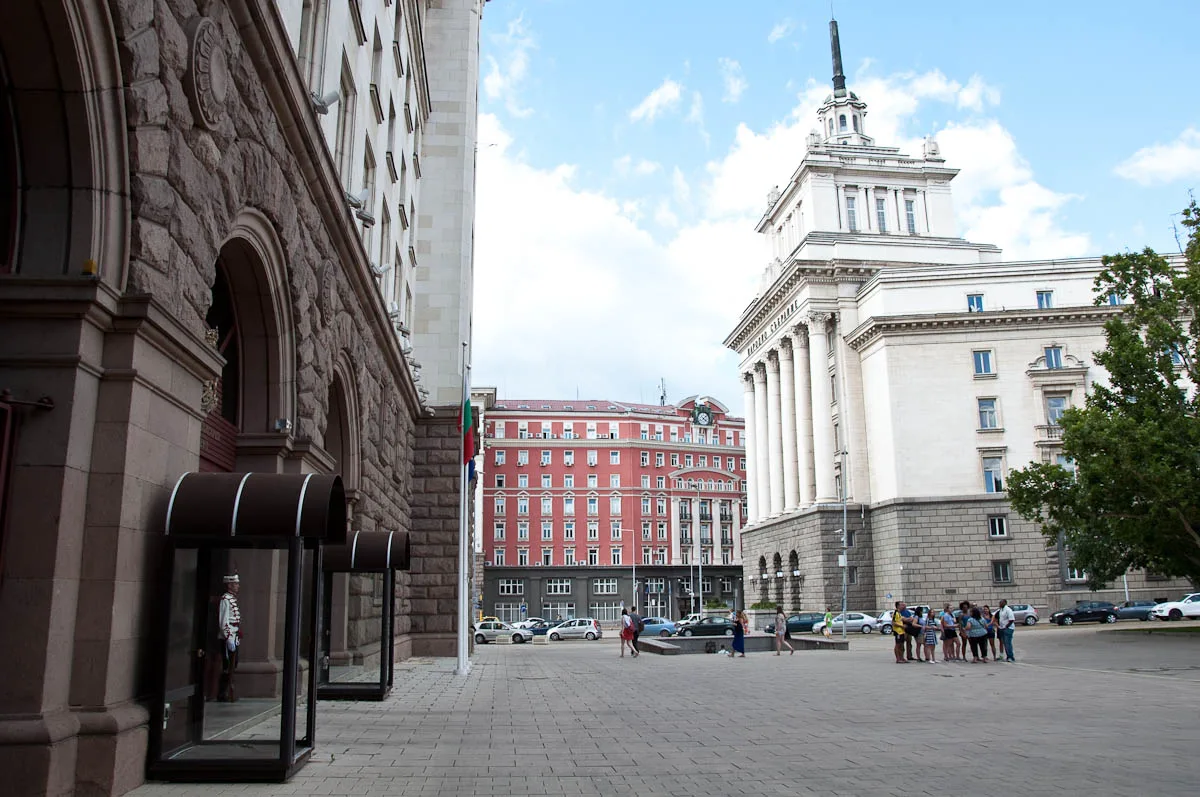
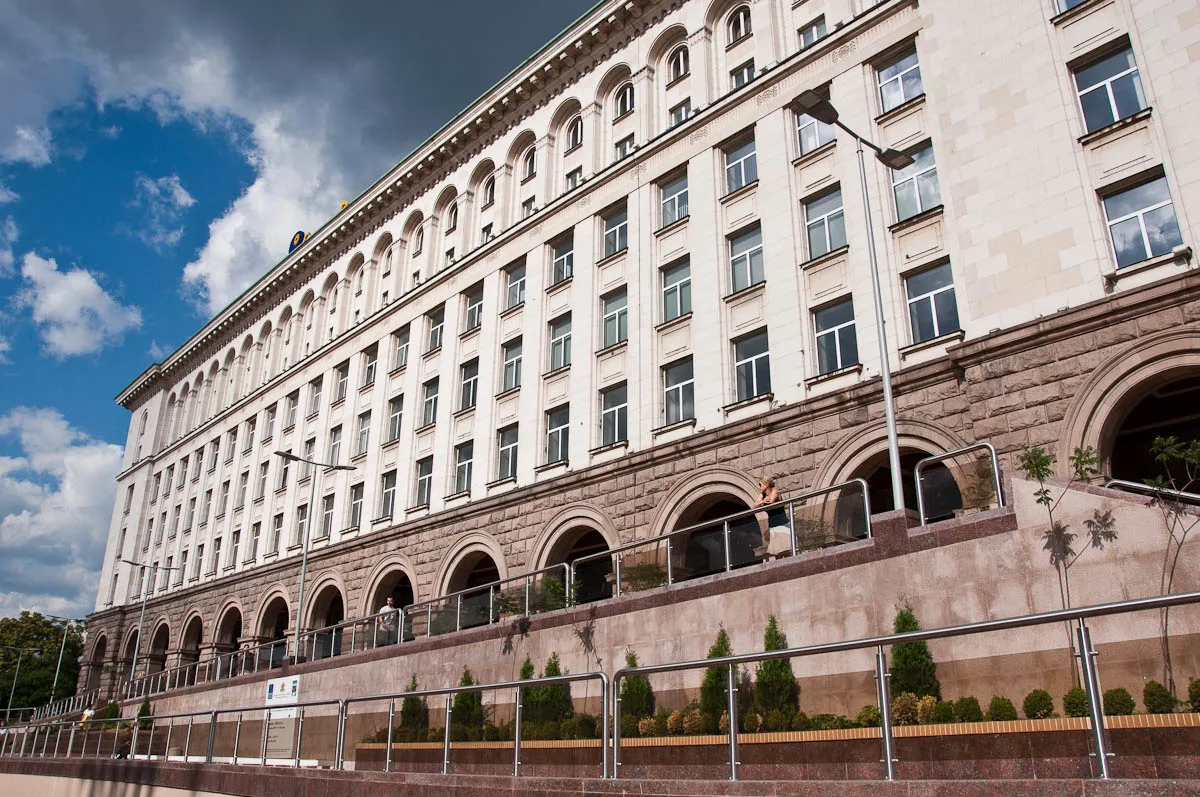

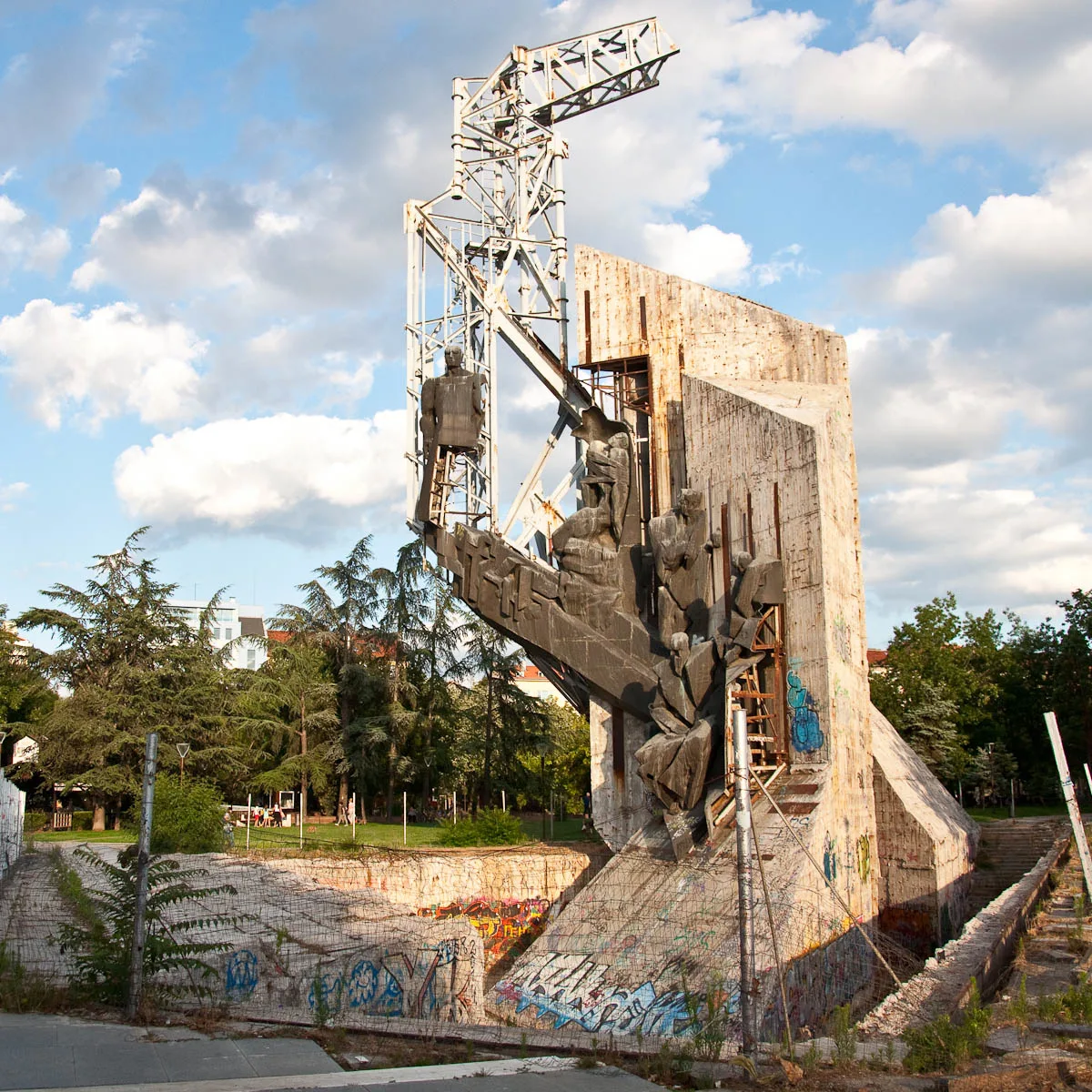
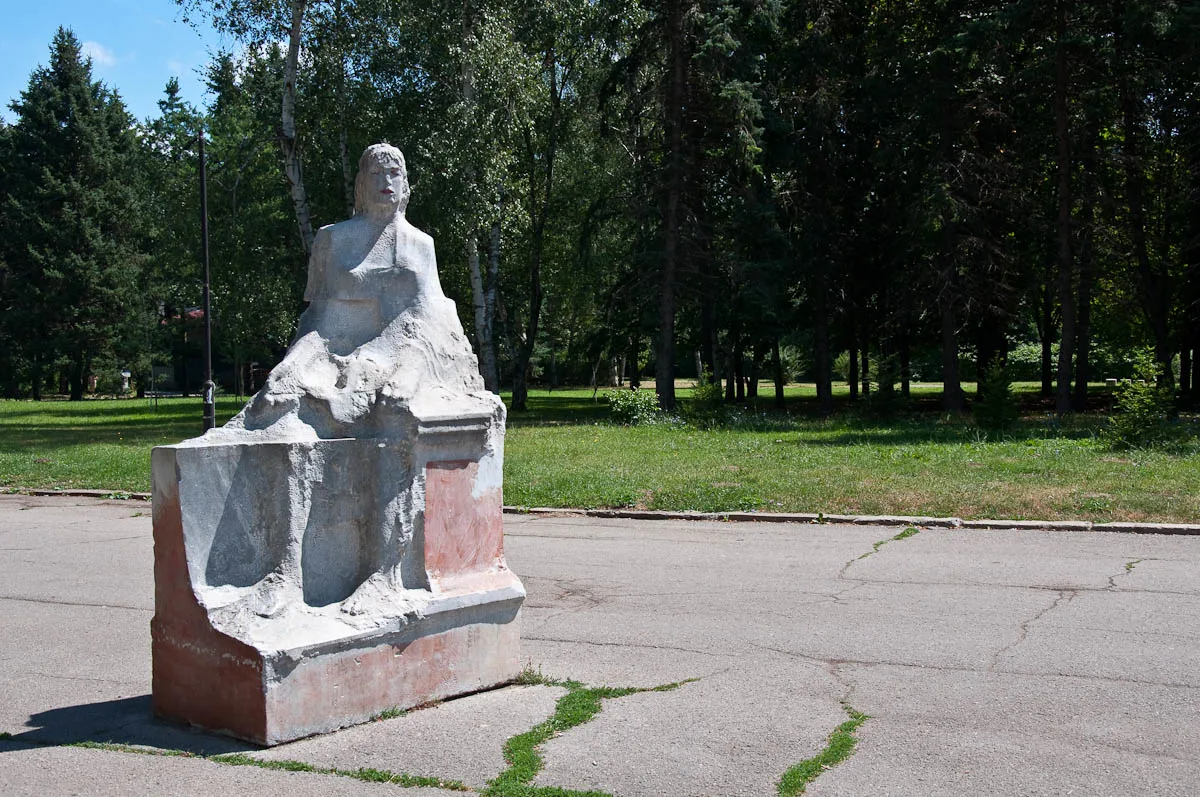
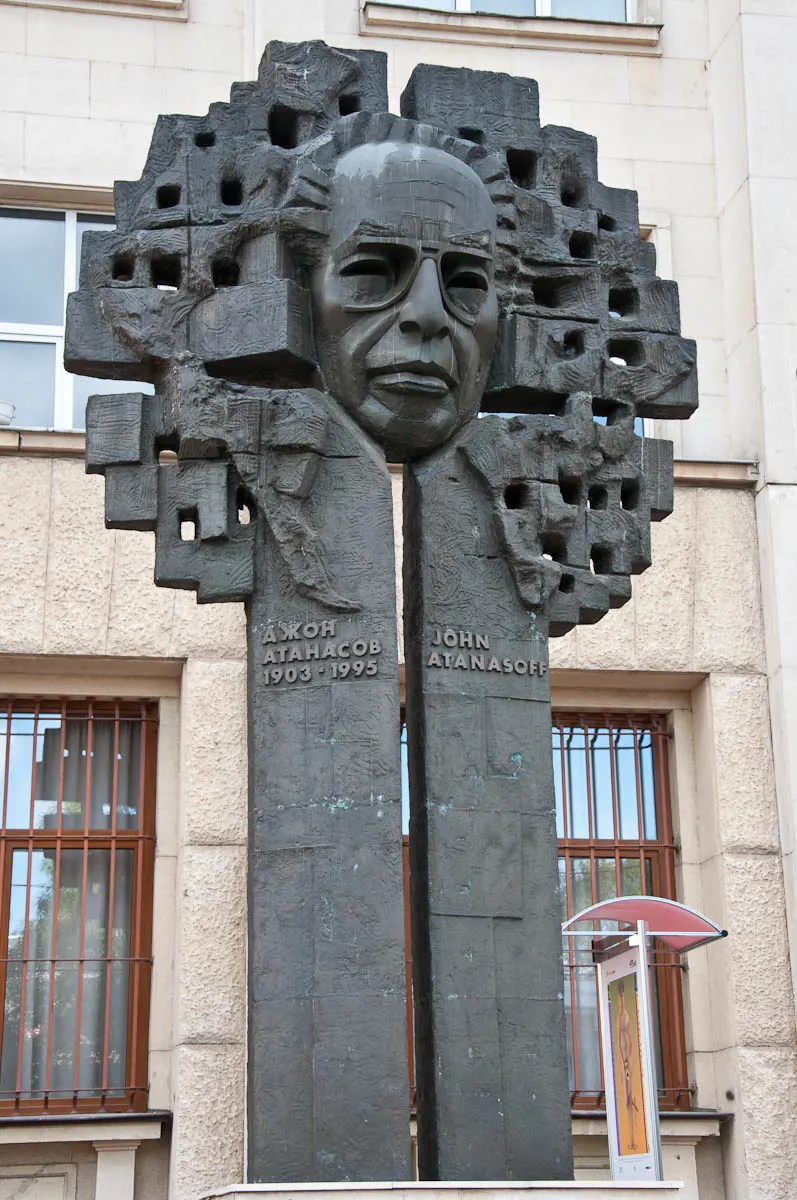

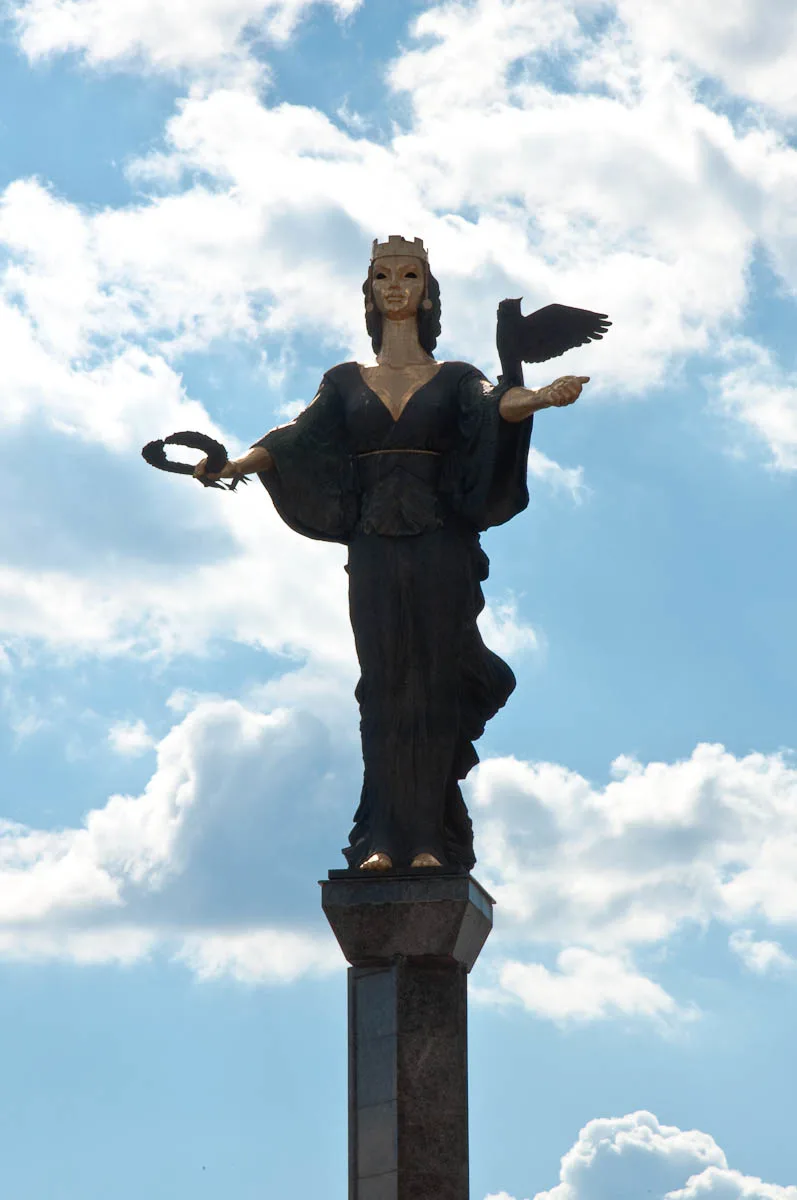
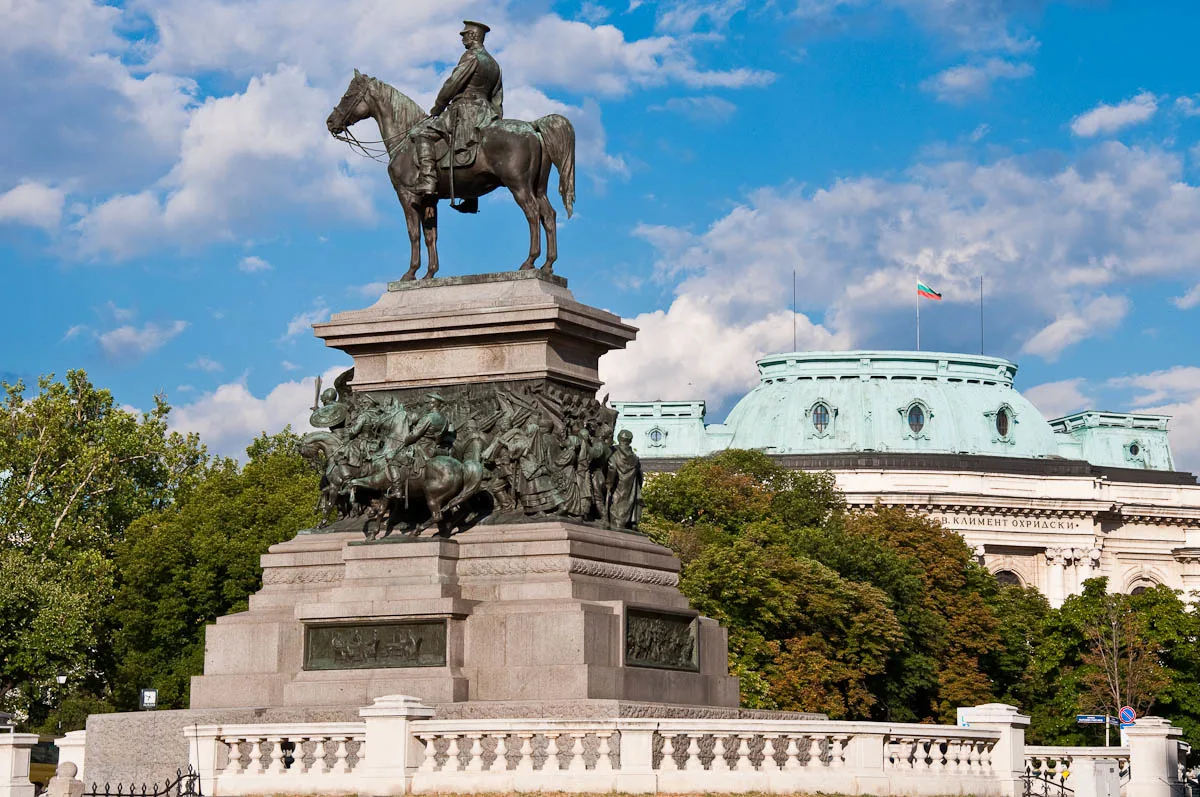
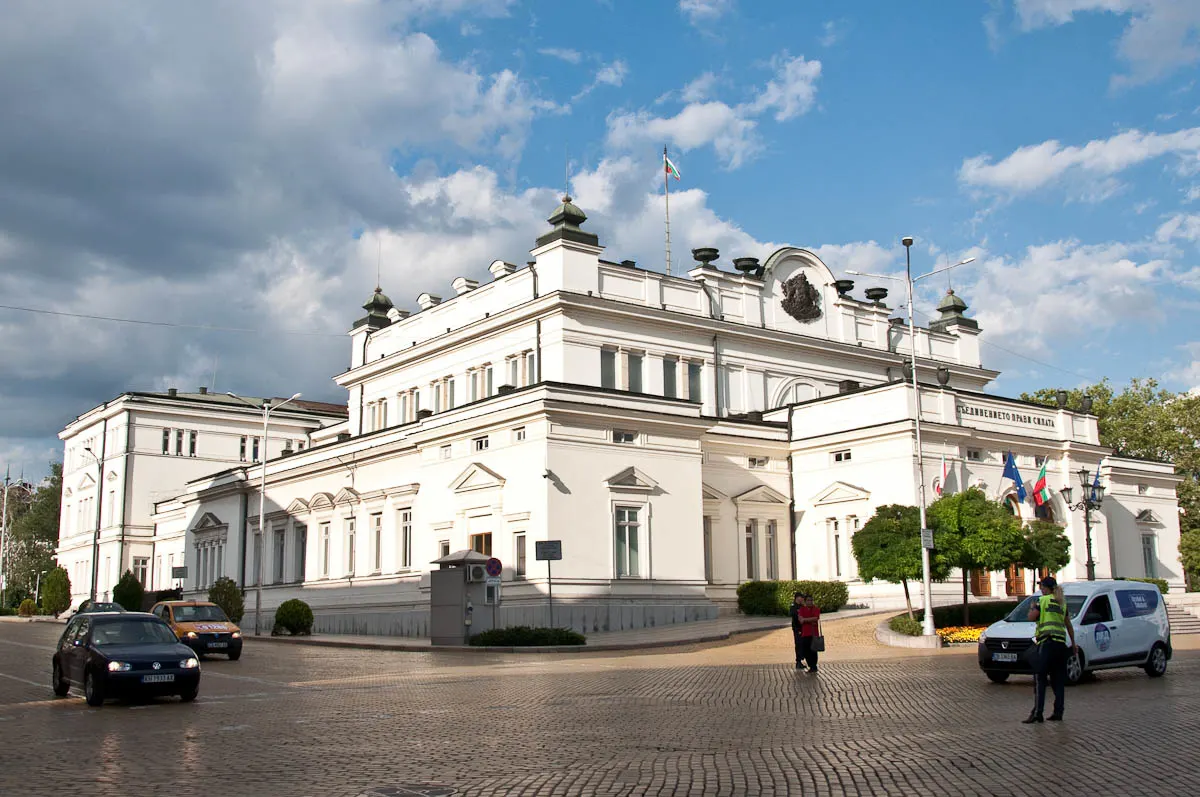
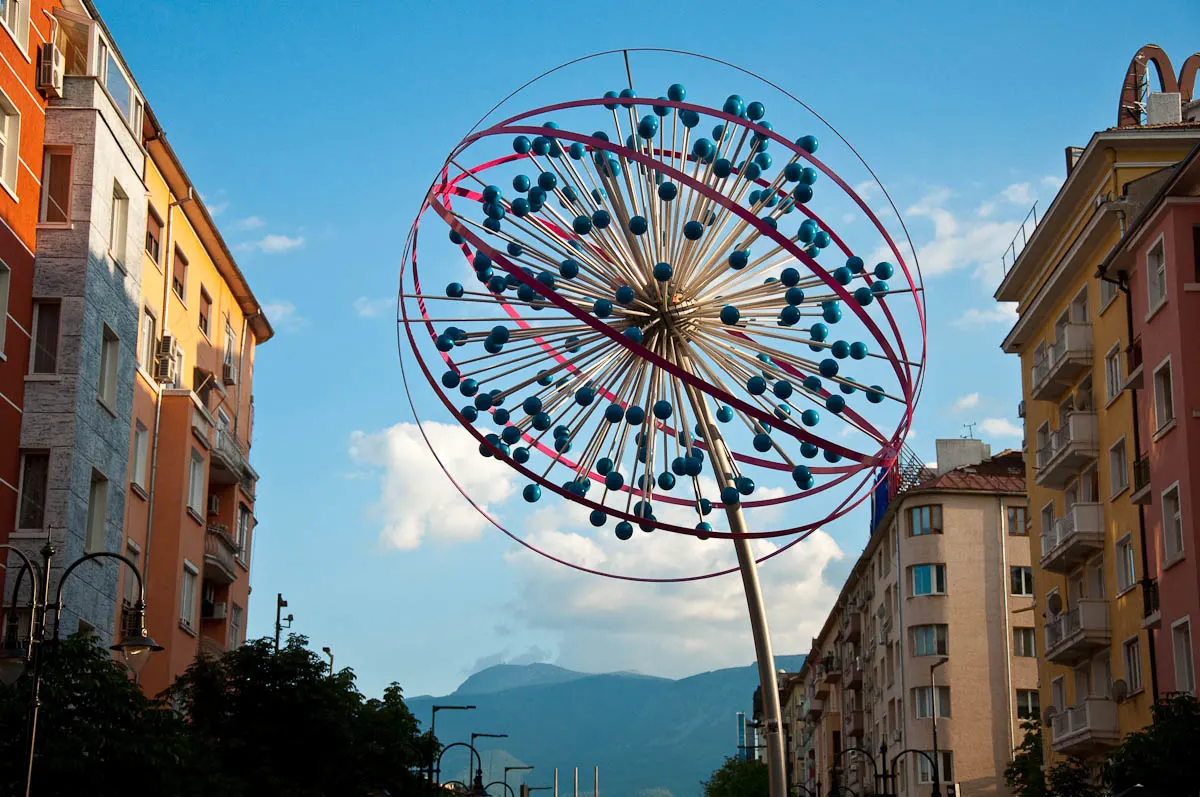

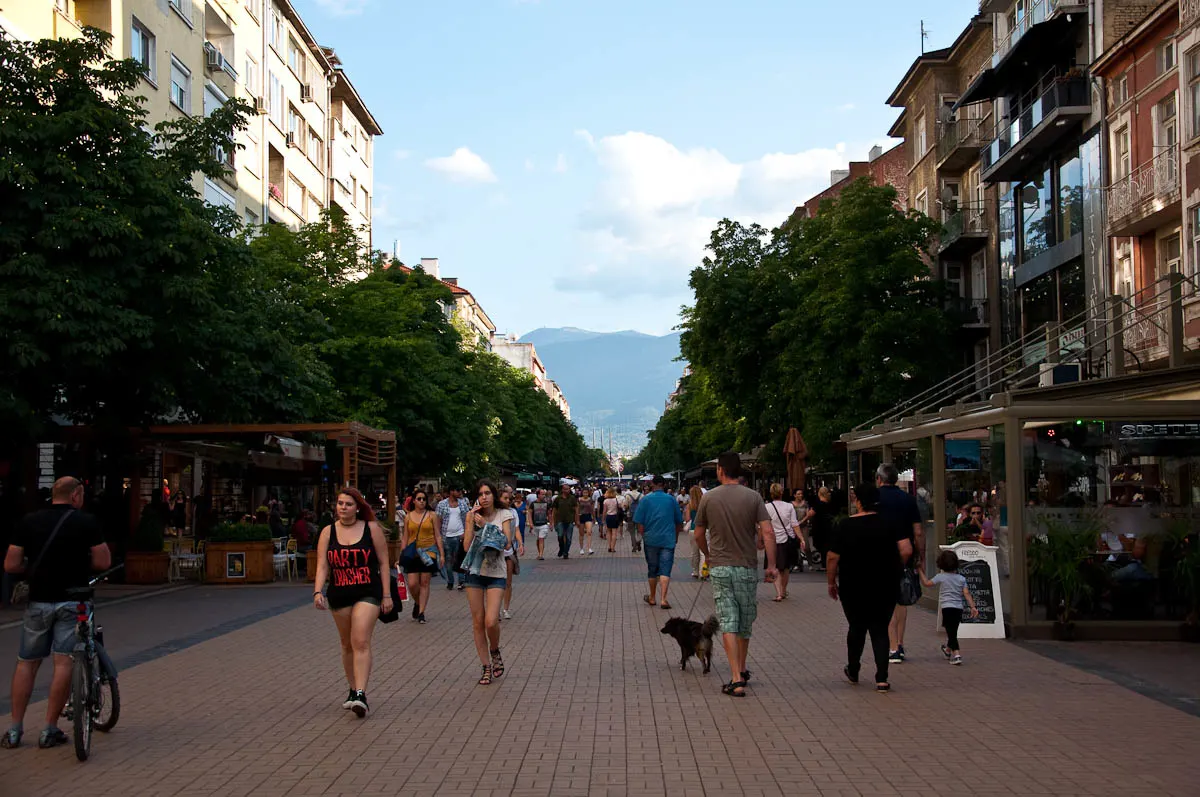
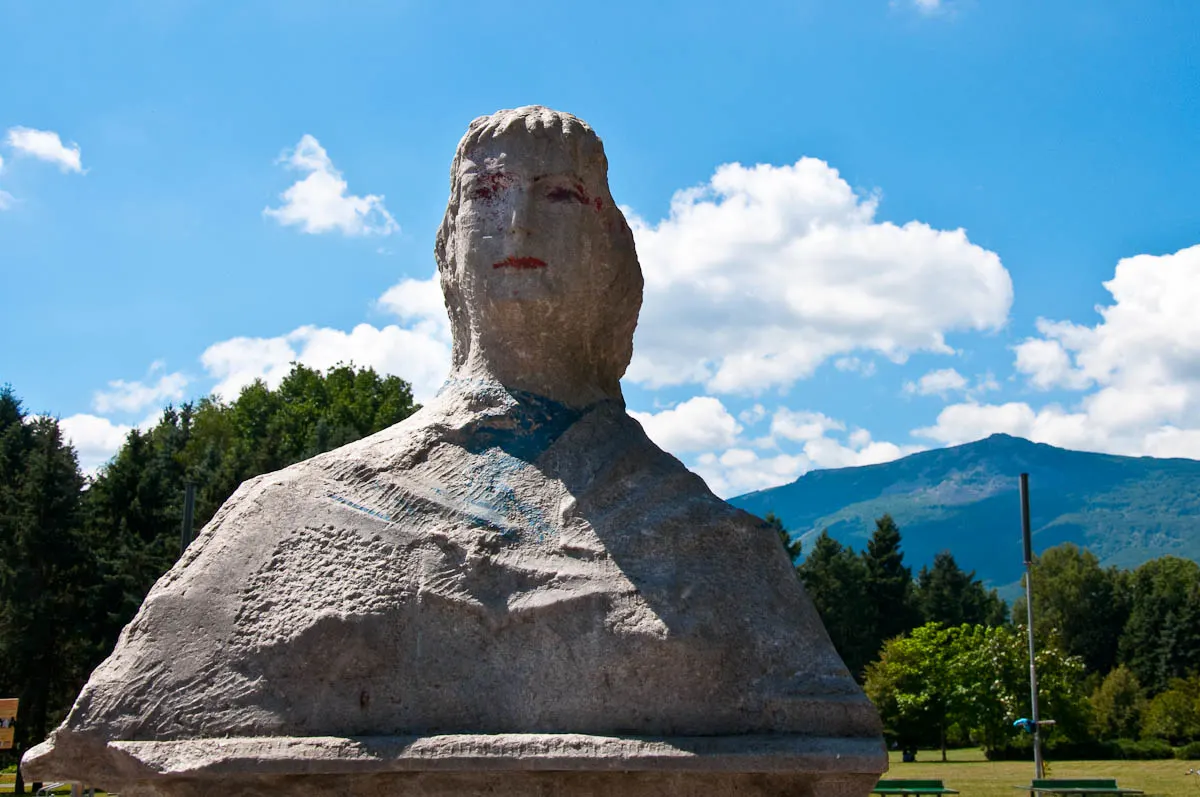
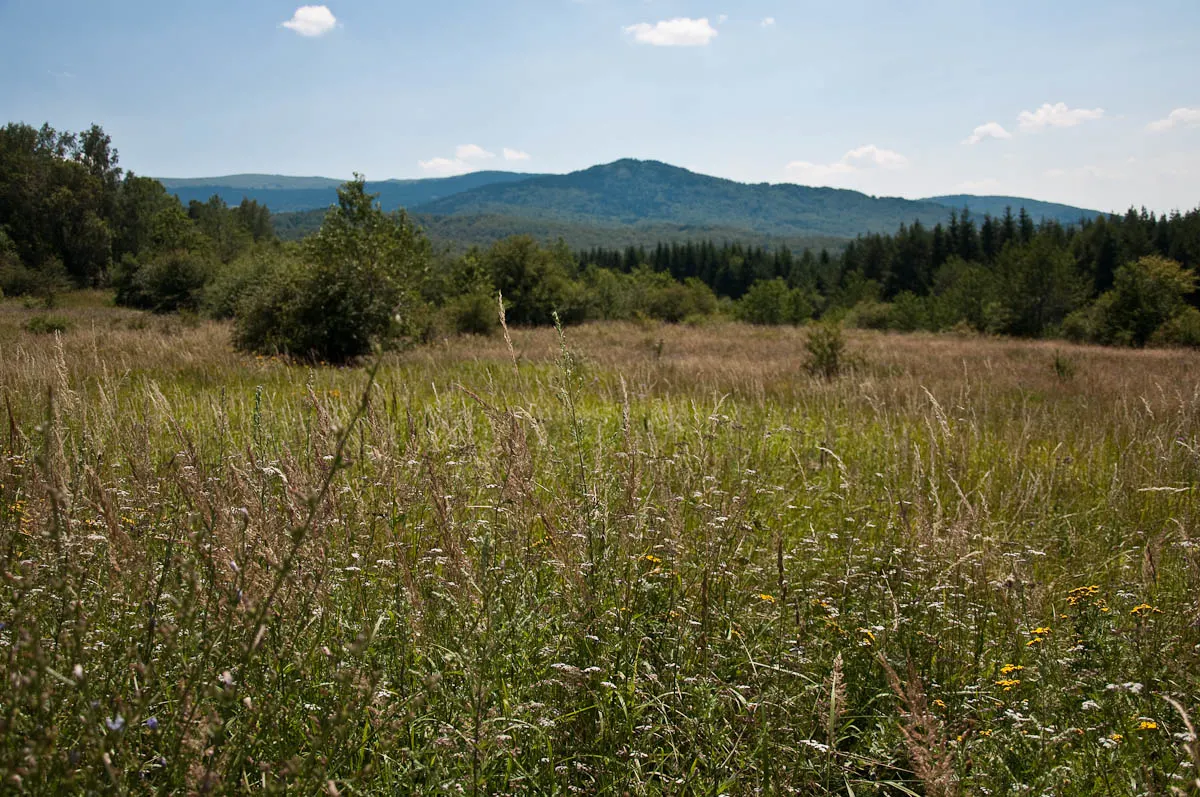
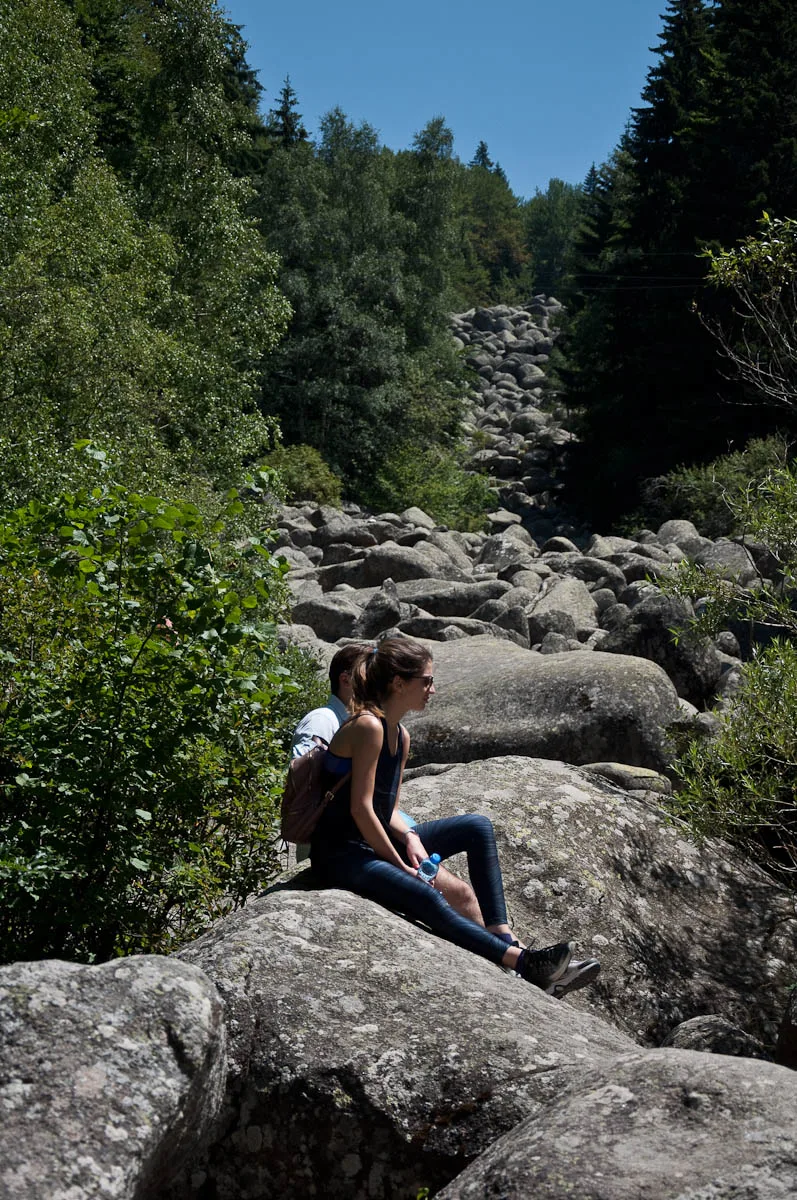
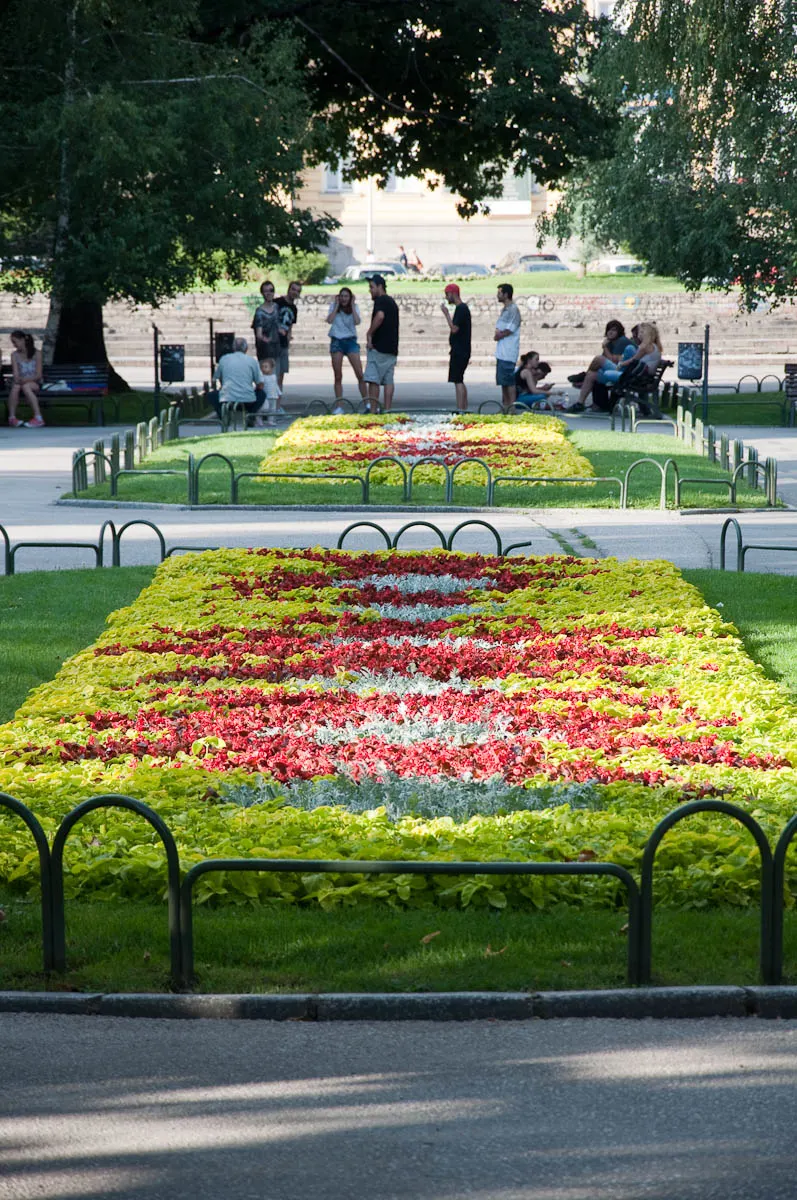
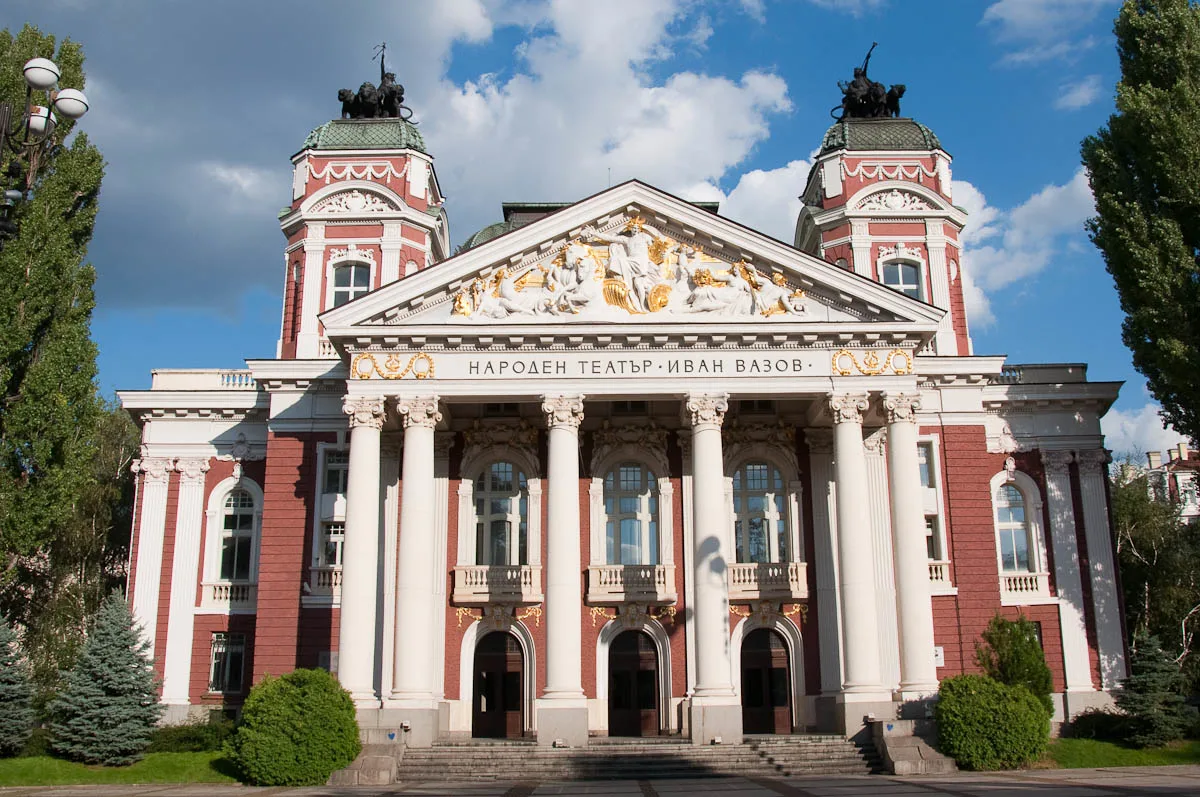

Deyana
Sunday 13th of September 2020
Great article which I will refer to friends visinting next month and will also share with everyone interested!
admin
Saturday 19th of September 2020
Thank you, Deyana! I hope your friends have a wonderful time in Bulgaria. Best wishes,
Rossi :)
Luis
Tuesday 4th of April 2017
A complete and very useful post, not even the Ministry of Tourism would had done a better summary of Sofia than yours ;) congratulations!
Mamá en Bulgaria
Tuesday 4th of April 2017
Great post Rossi, I just shared it on my Facebook page to celebrate the 139th anniversary of Sofia as the capital of Bulgaria. :)
Svetoslav Dimitrov
Wednesday 31st of August 2016
What an incredibly detailed post (and as always - amazing), Rossi! I love how well you've combined contemporary facts about Sofia with its ancient and not-so-ancient history.
As a person, living in Sofia, I need to explore it more, it seems :)
Svet
Rossi
Wednesday 31st of August 2016
Thank you, Svet! I always appreciate your very kind words. Sofia has so much to offer, I hope to be able to spend a bit longer there next time that we visit. Thank you also for your blog post about Vitosha's Golden Bridges. I have included a link in the write-up above. Best wishes! :)
Sabrina Barbante
Tuesday 30th of August 2016
This post is great and it makes me miss Sofia very much! I was there about one year ago and I found great! I loved mainly the great parks and green areas. In fall it's so sweet and I suppose it's even better in late spring!
Rossi
Wednesday 31st of August 2016
Thank you for your kind words, Sabrina! It's great that you had a wonderful time in Sofia. Bulgarians are always very curious about the impressions the visitors of the country are left with, so it was good to read your comment. :) Yes, Sofia is compelling at any time of the year, spring being a particular highlight. Best wishes! :)